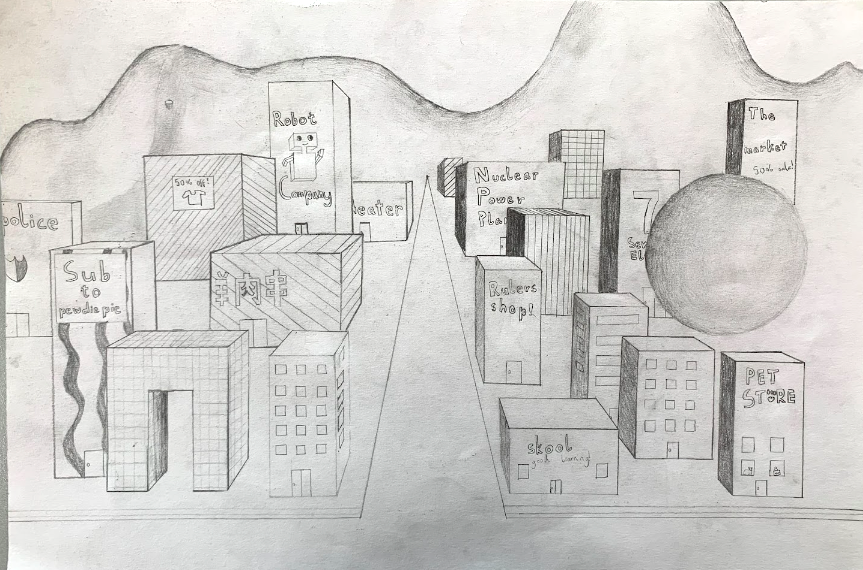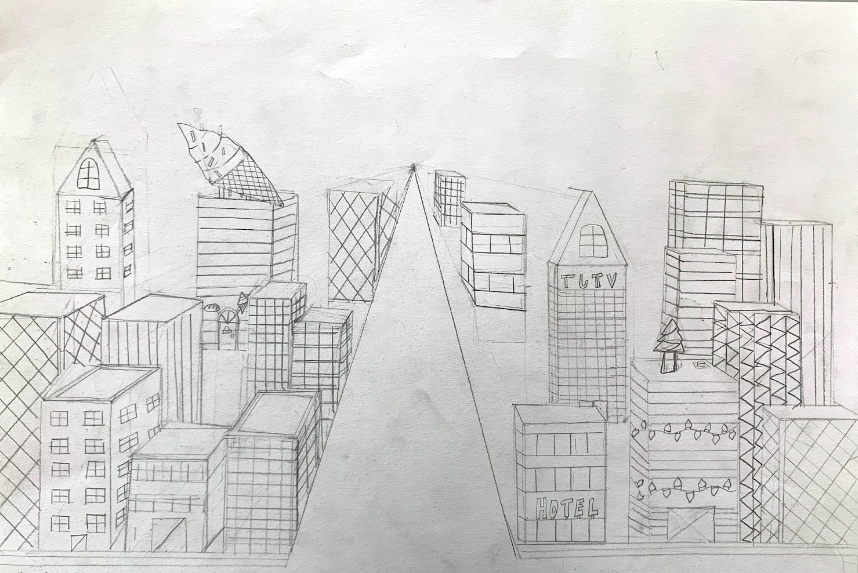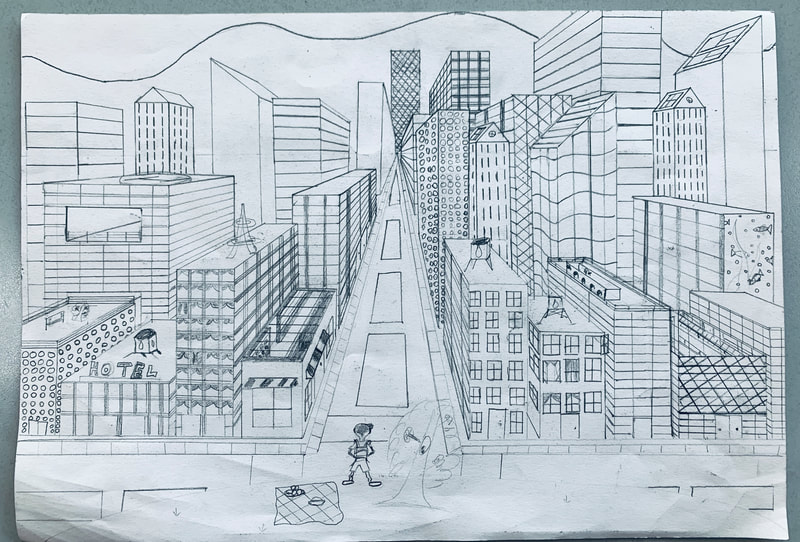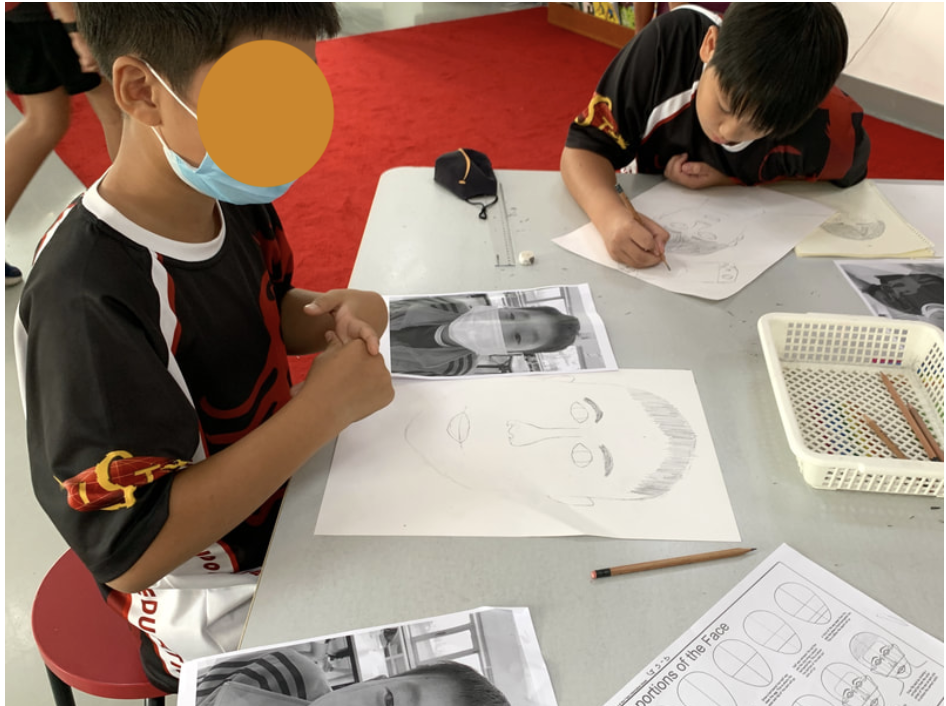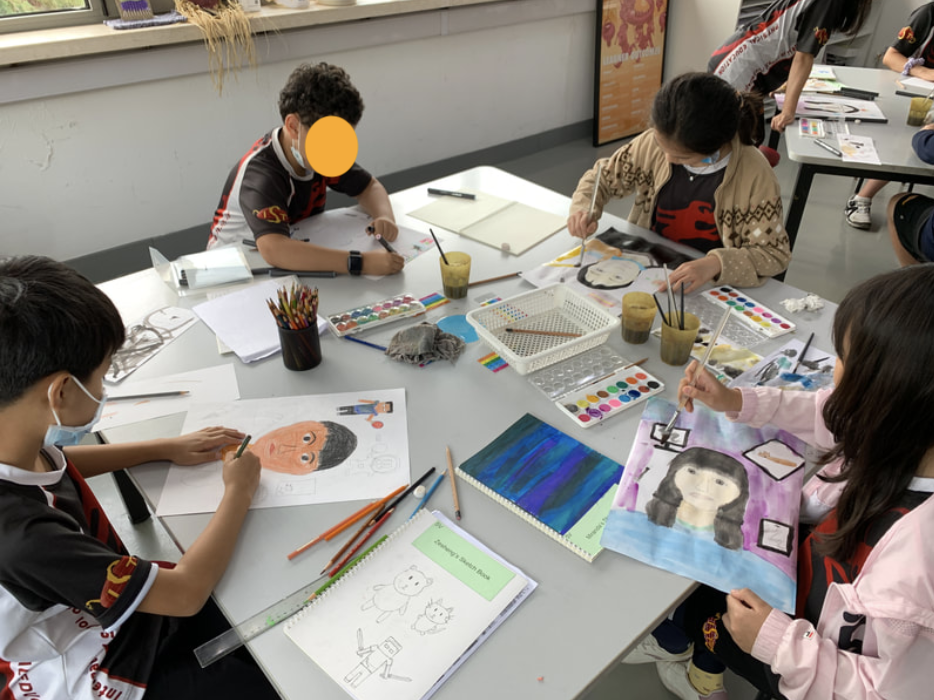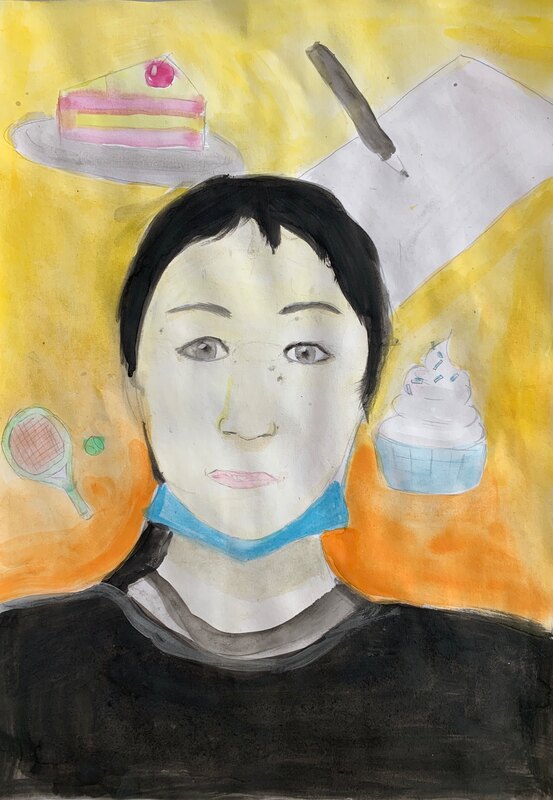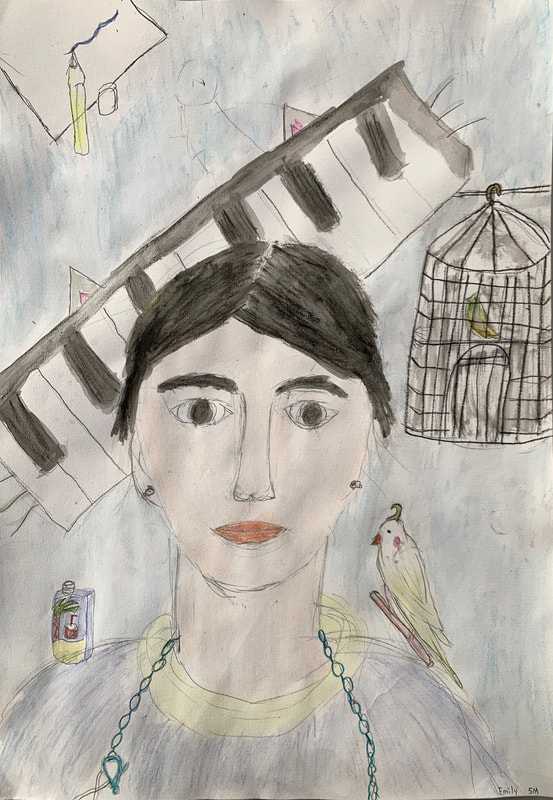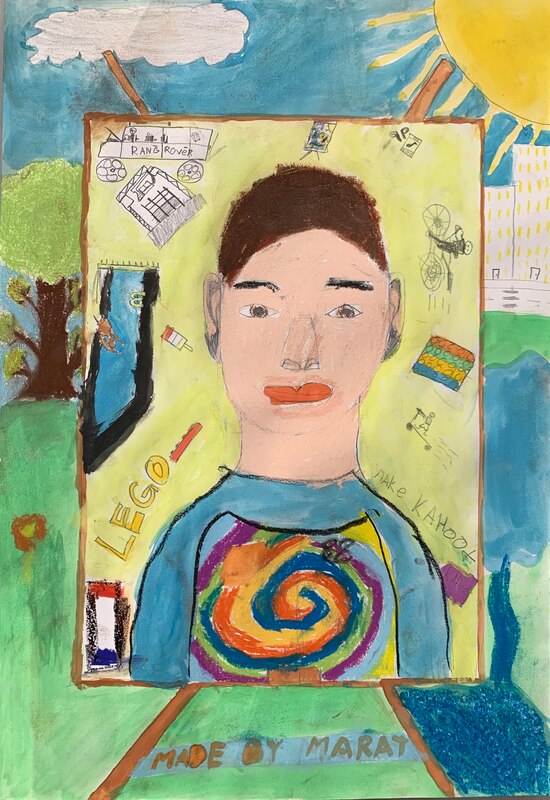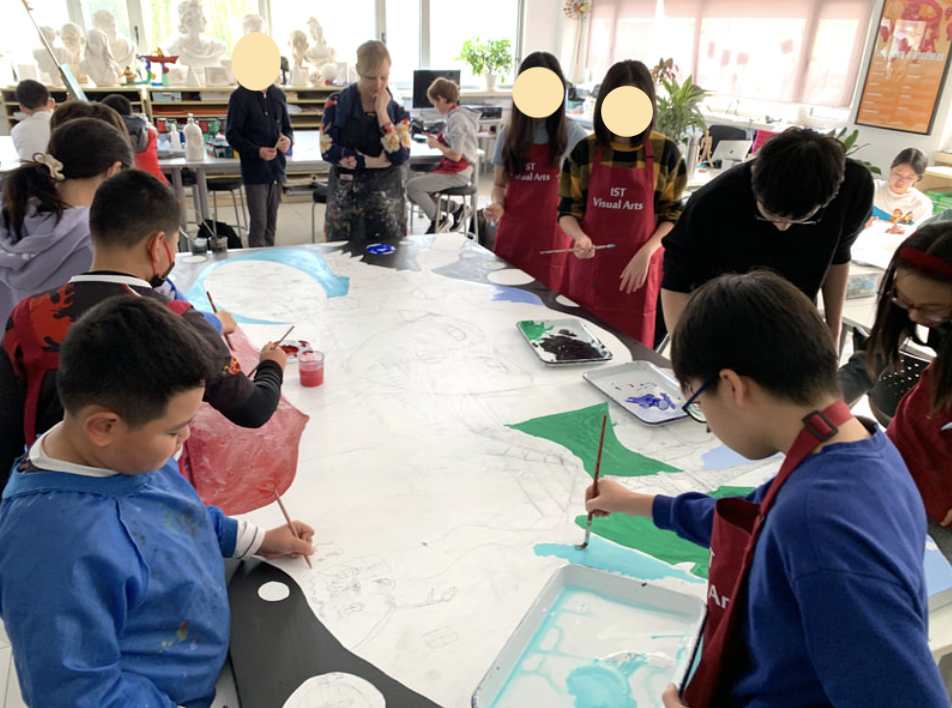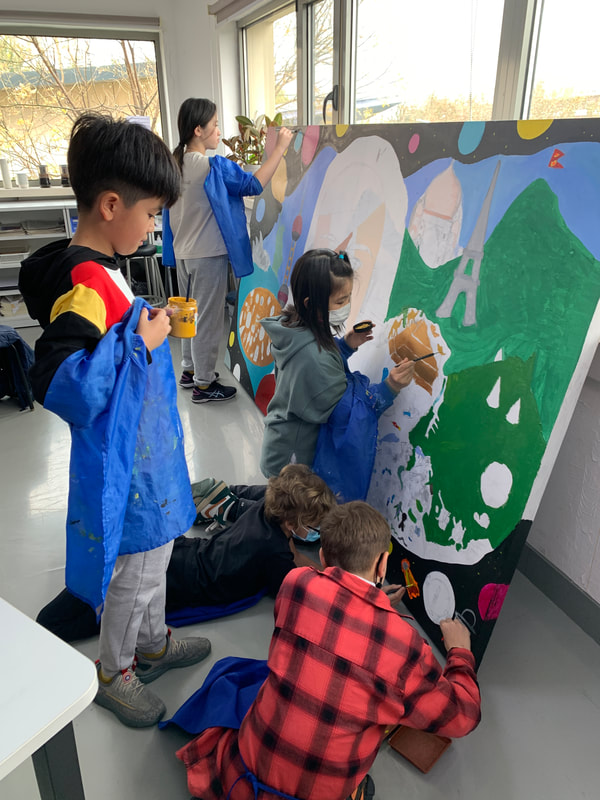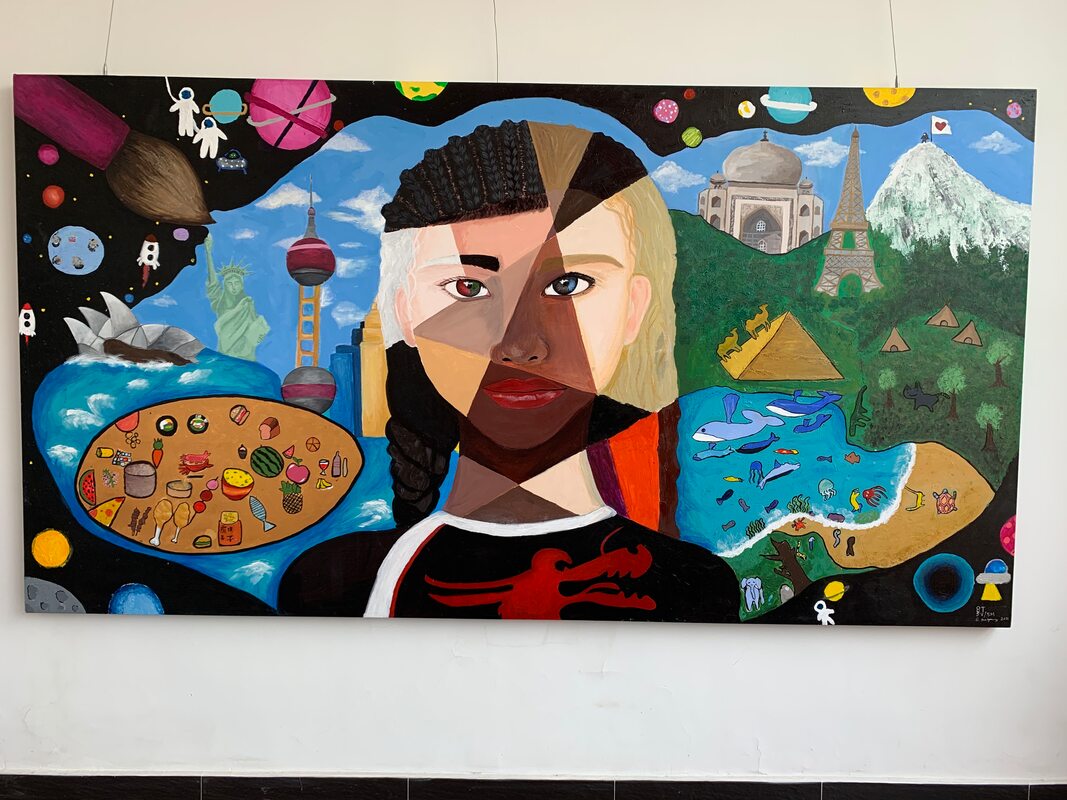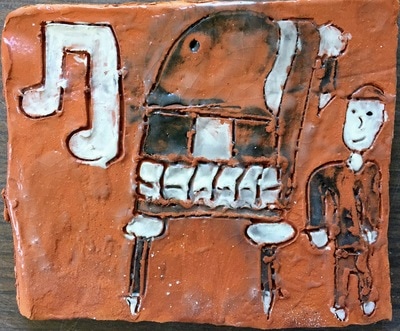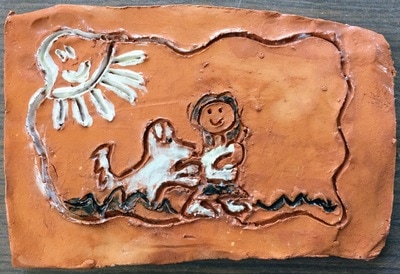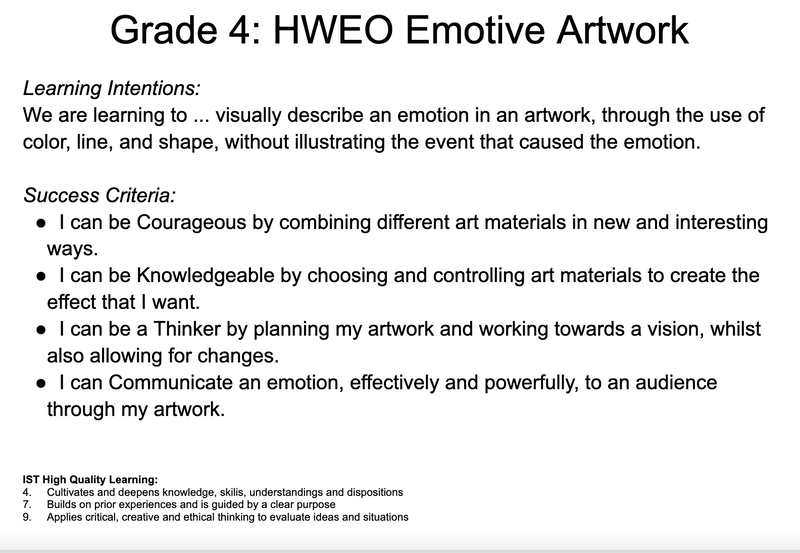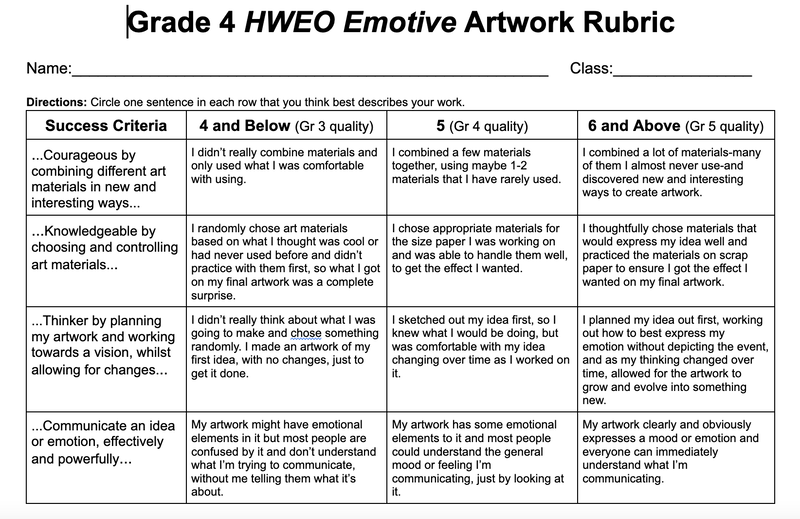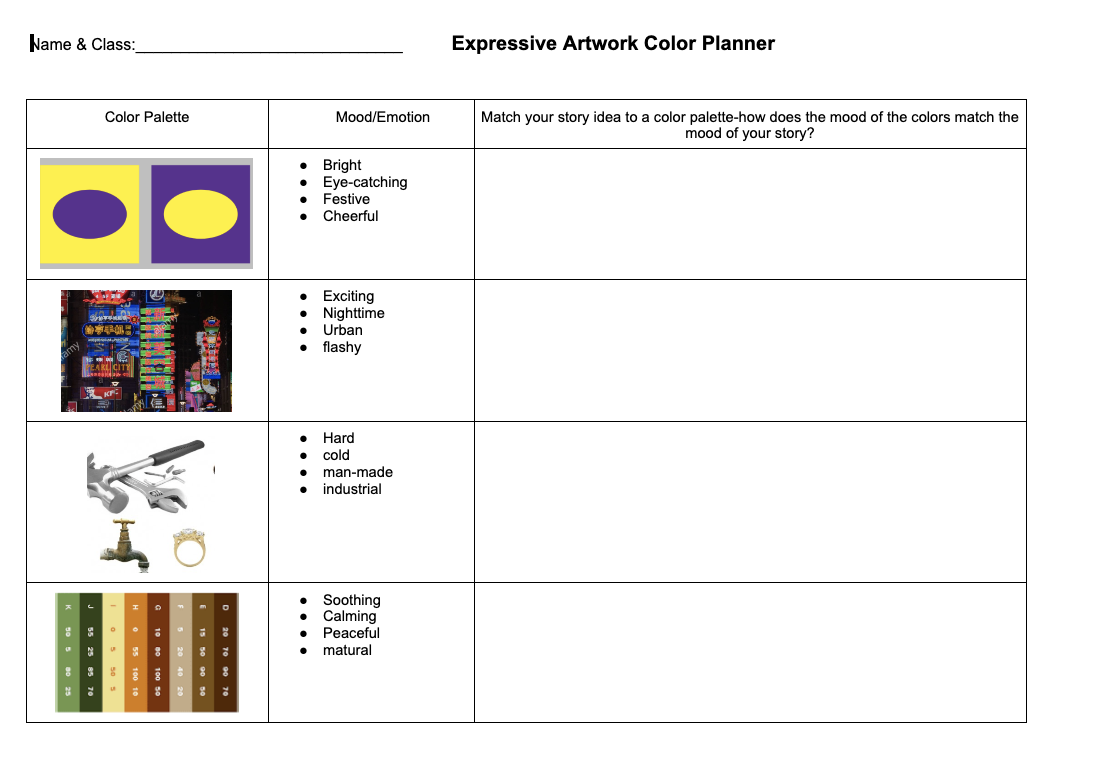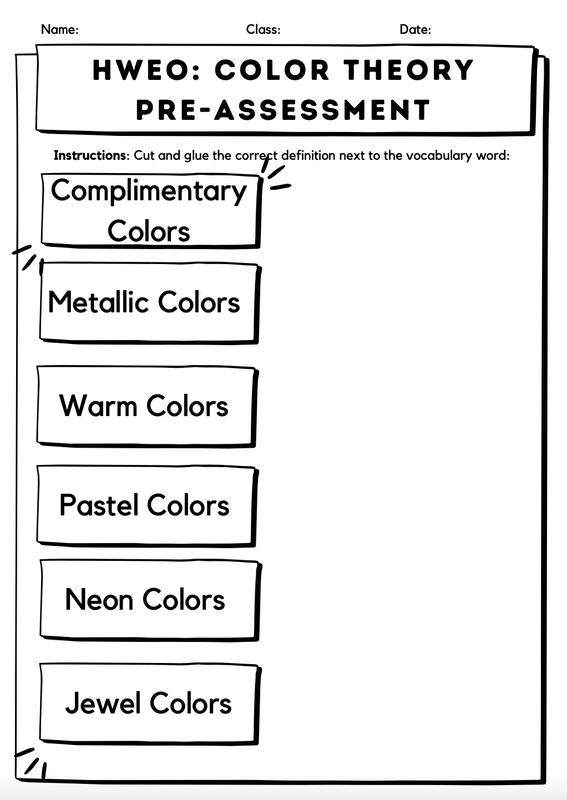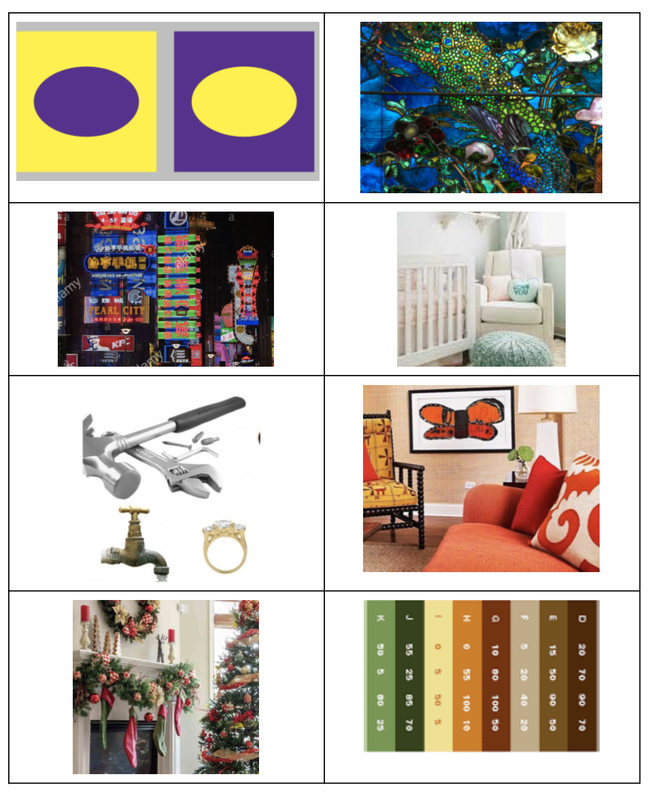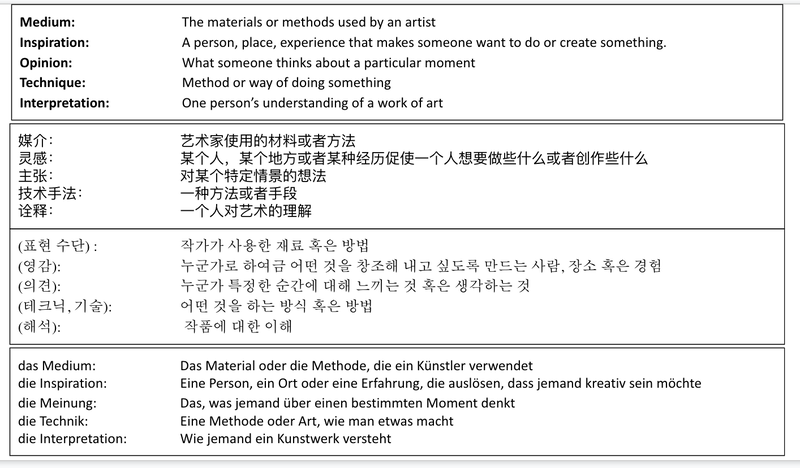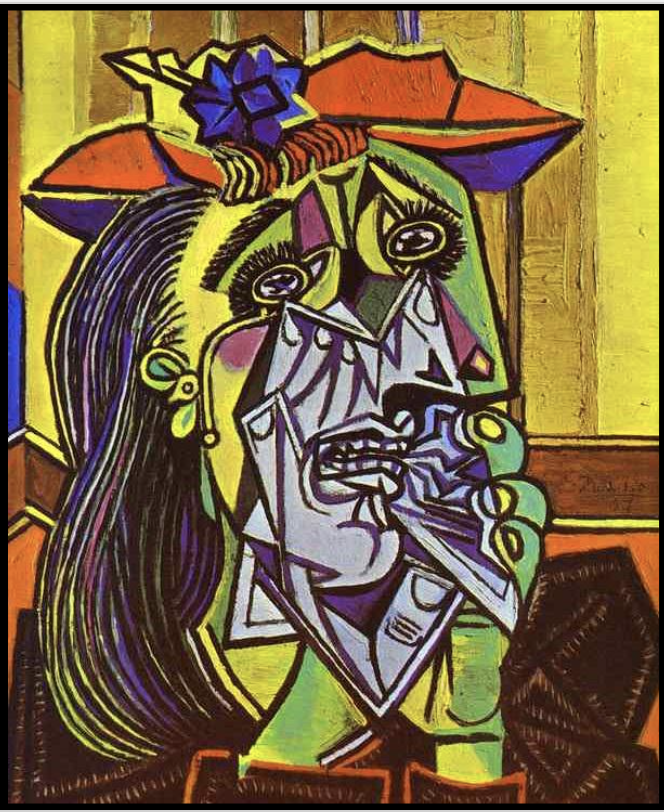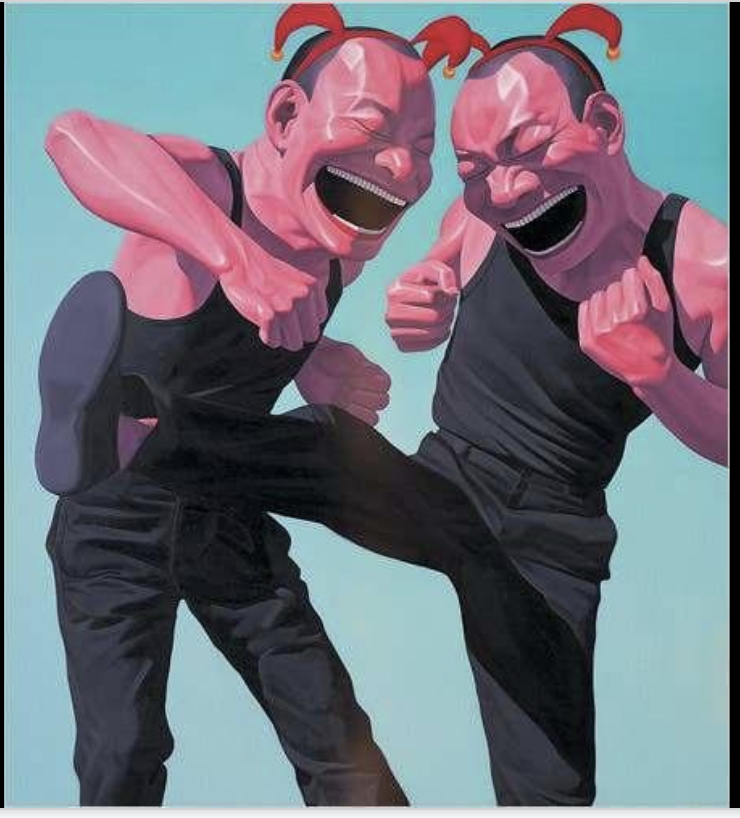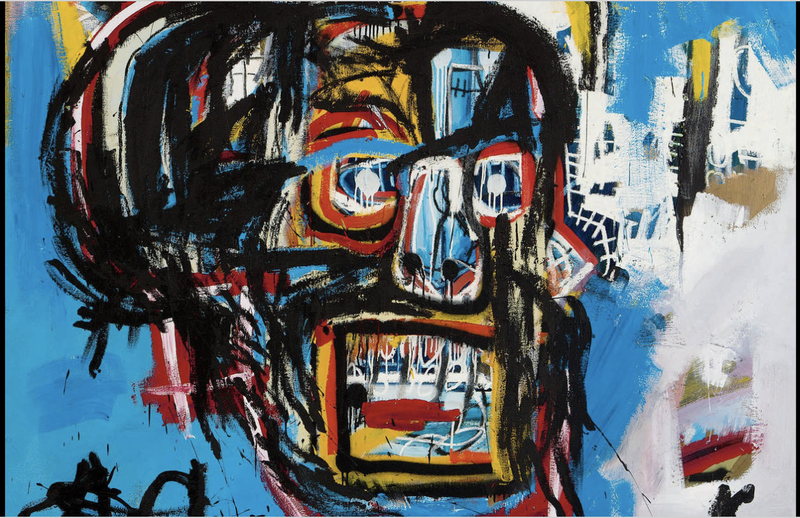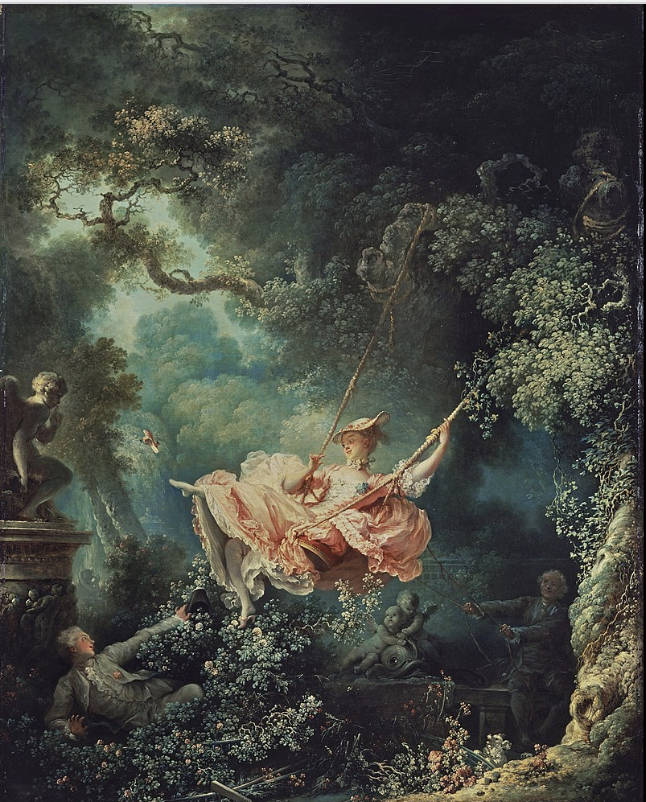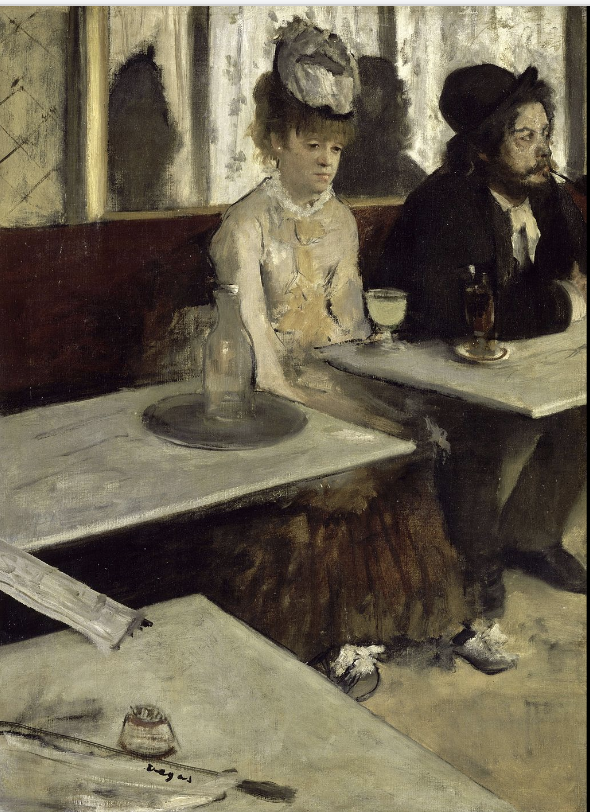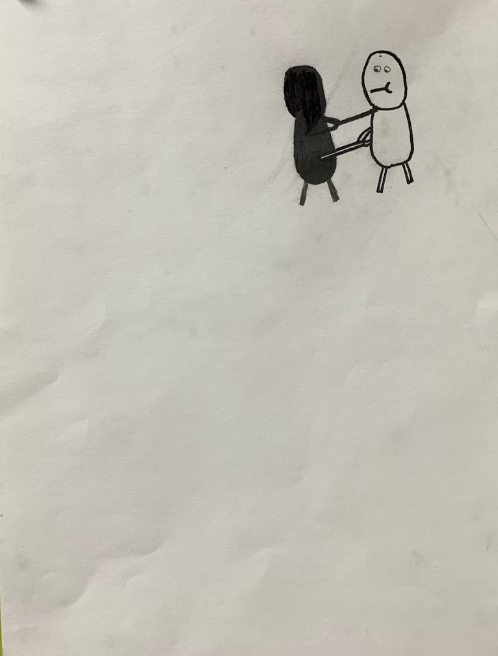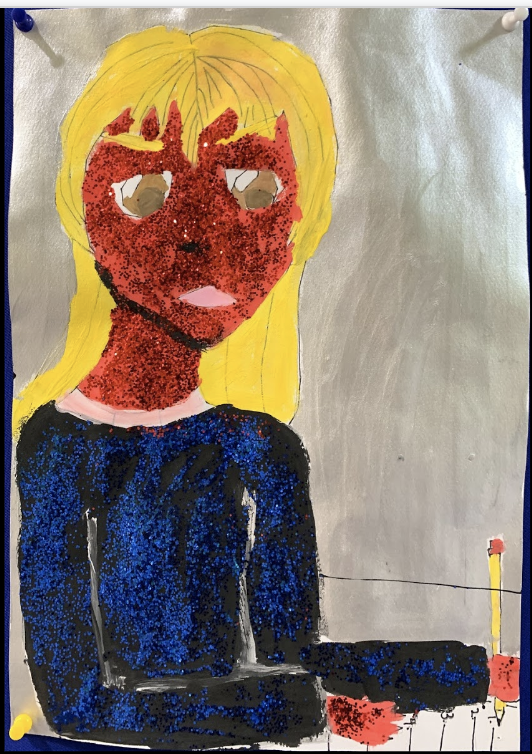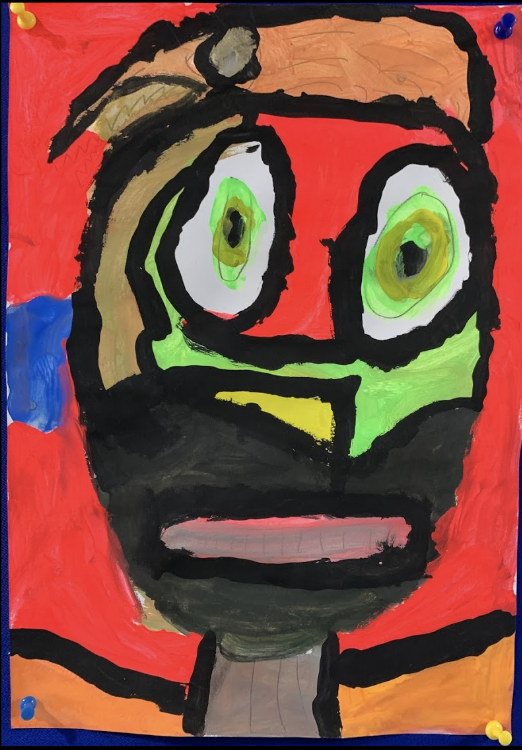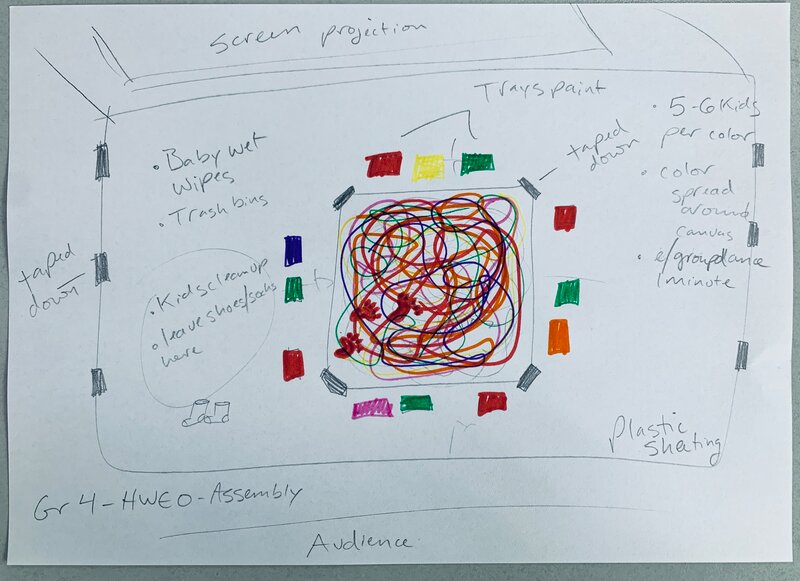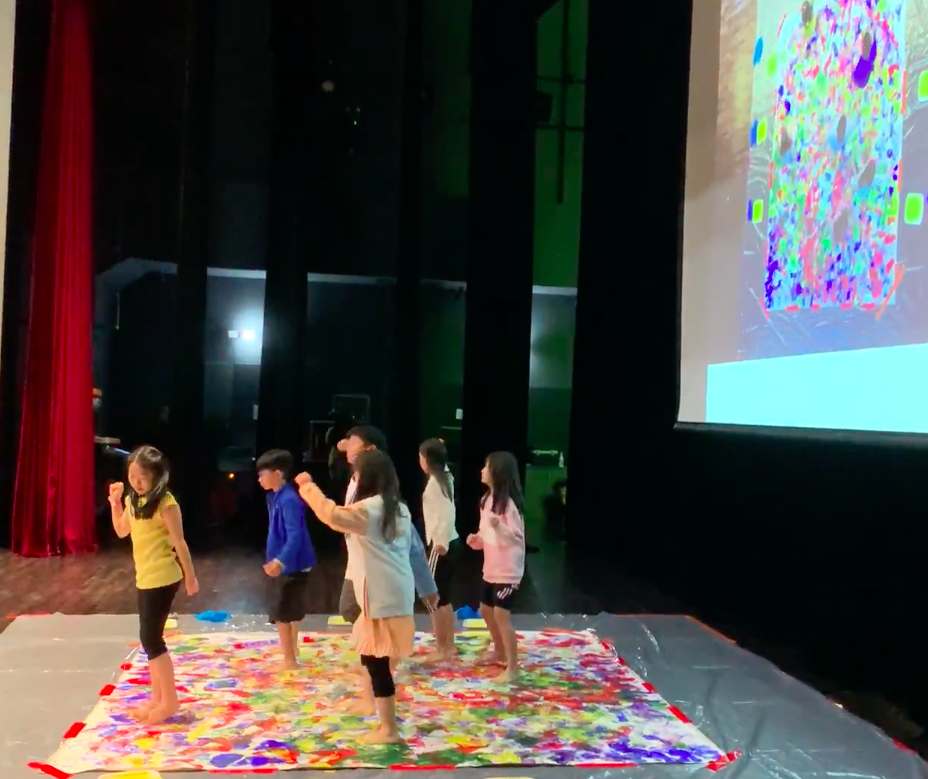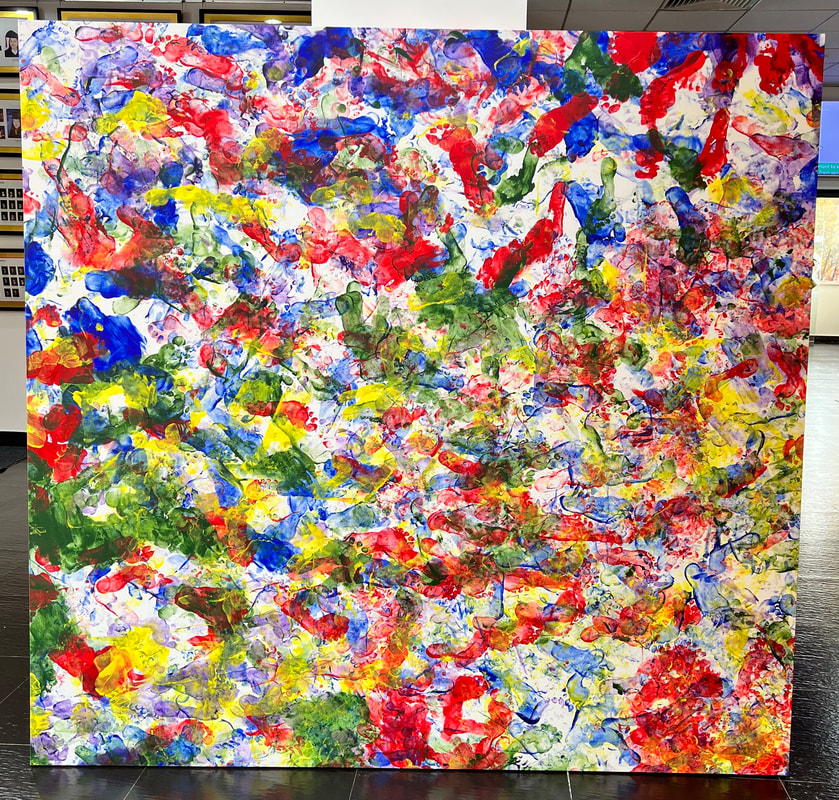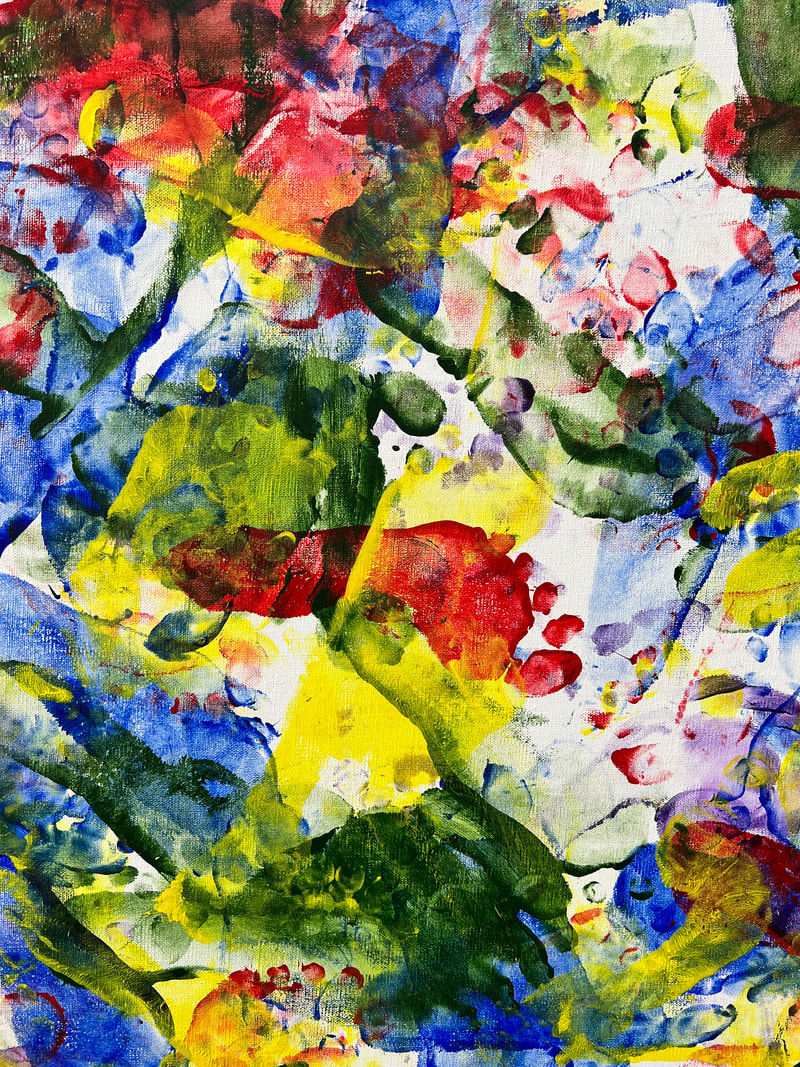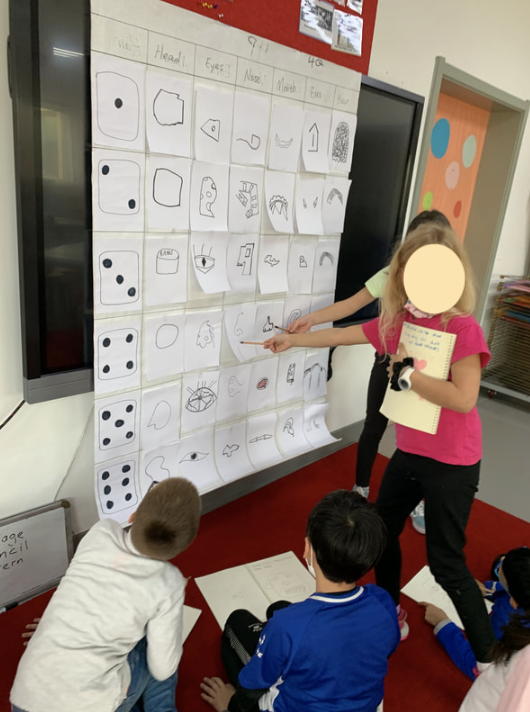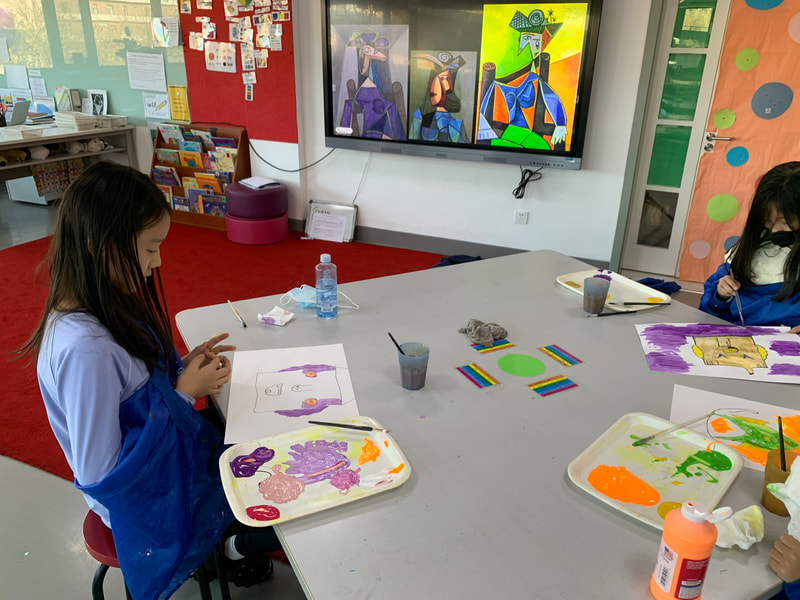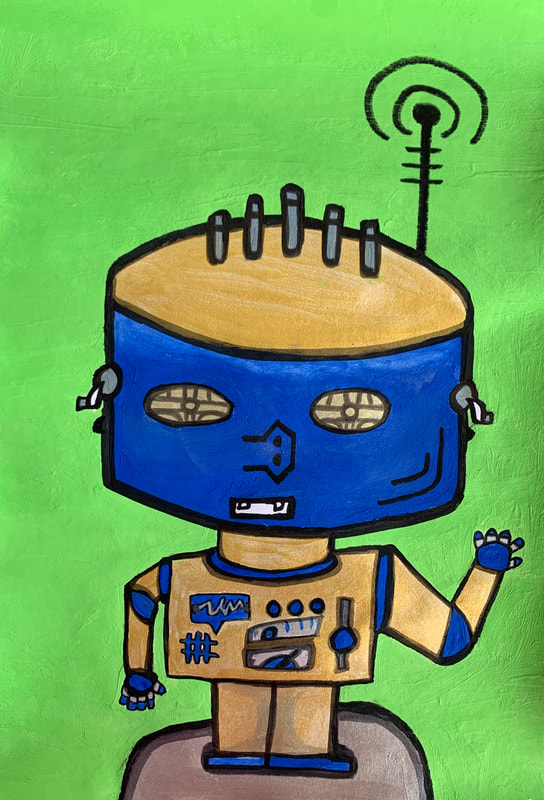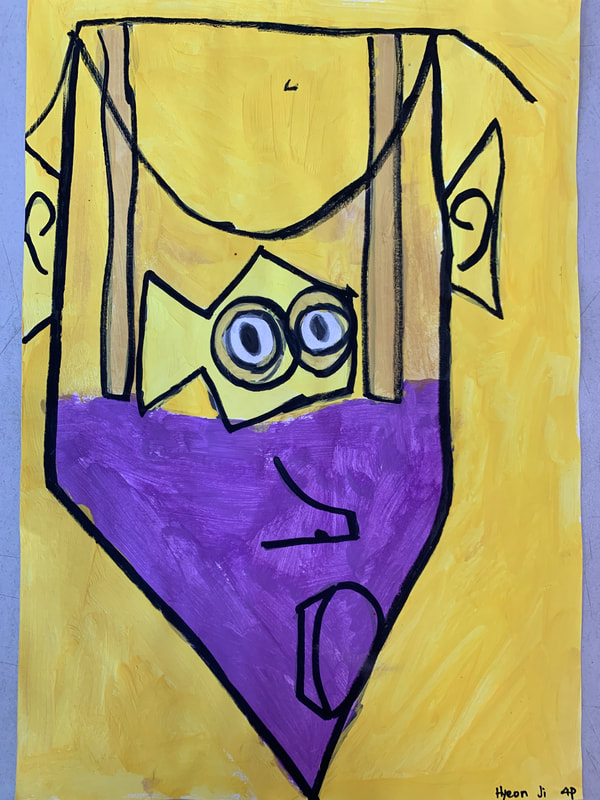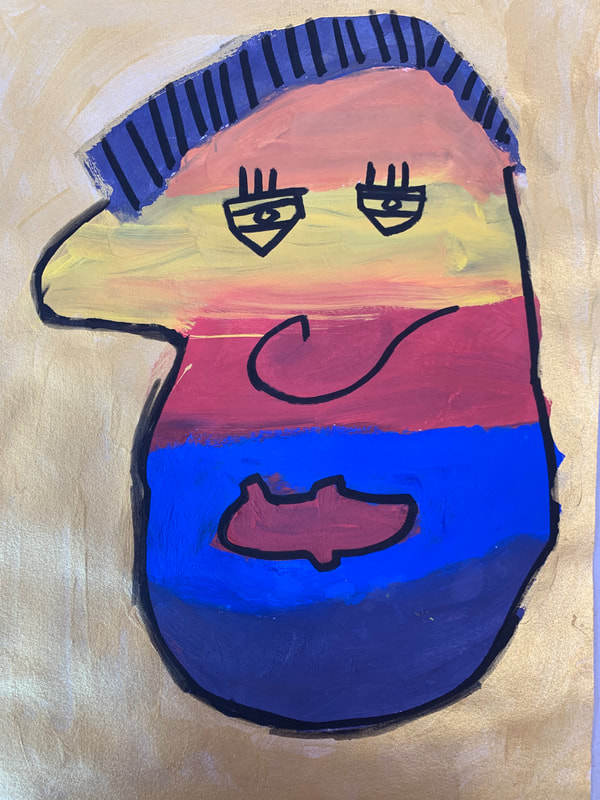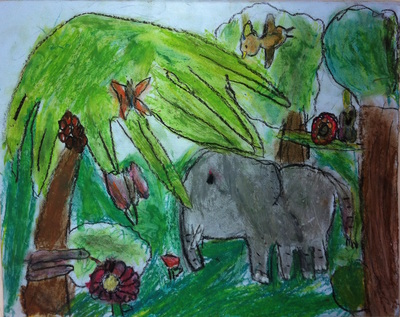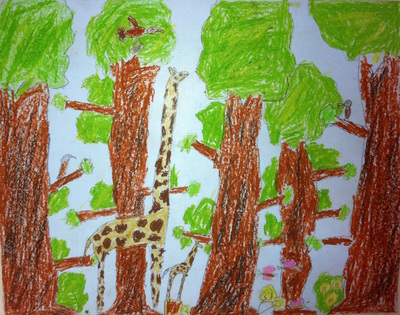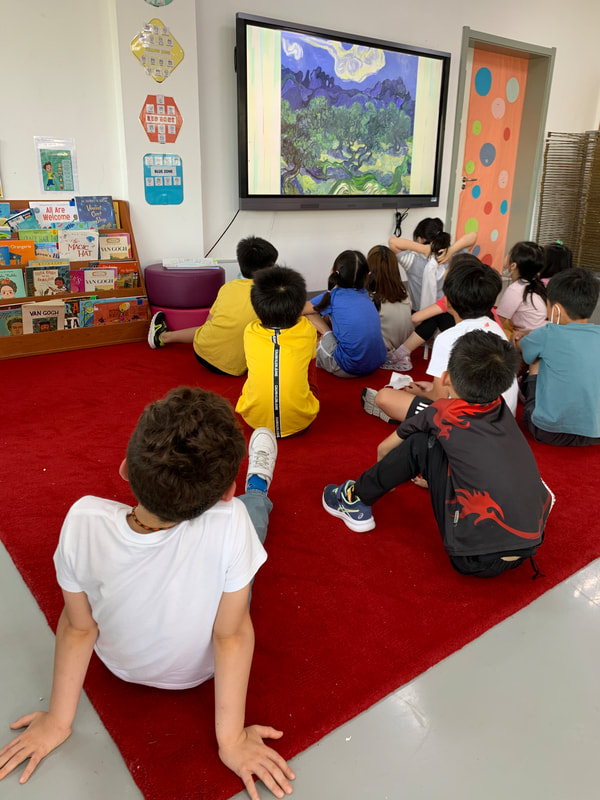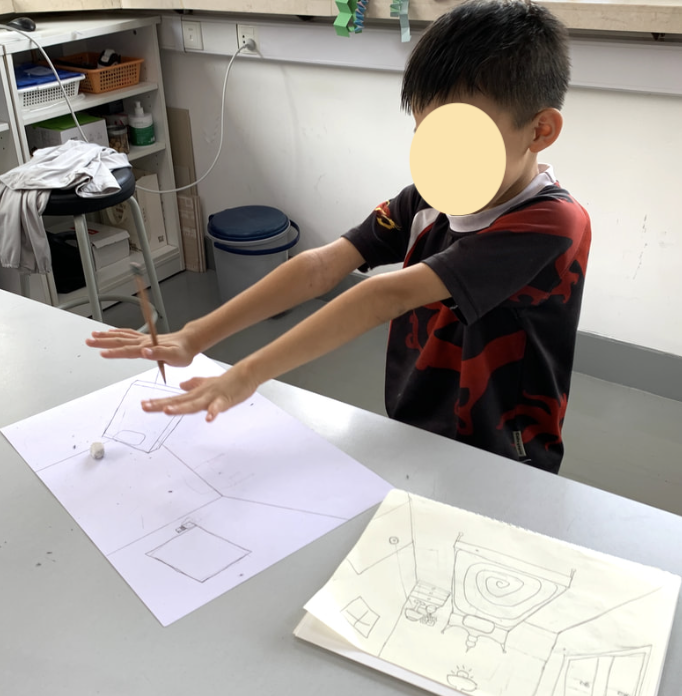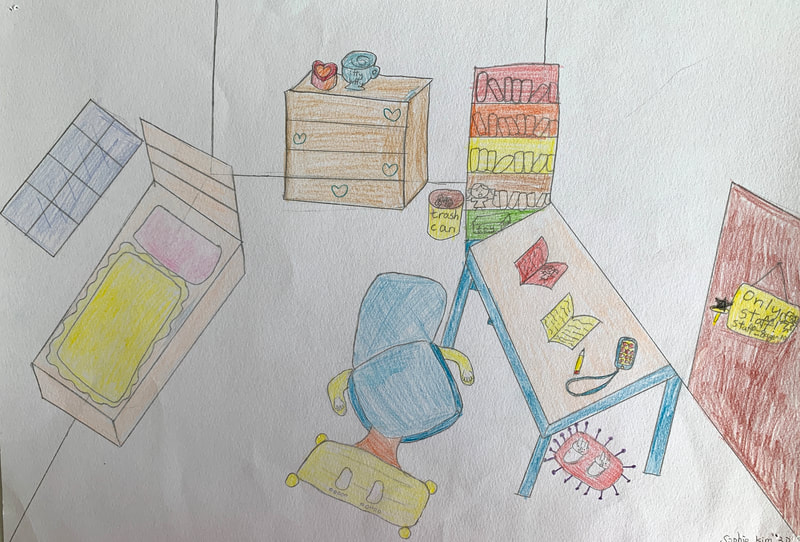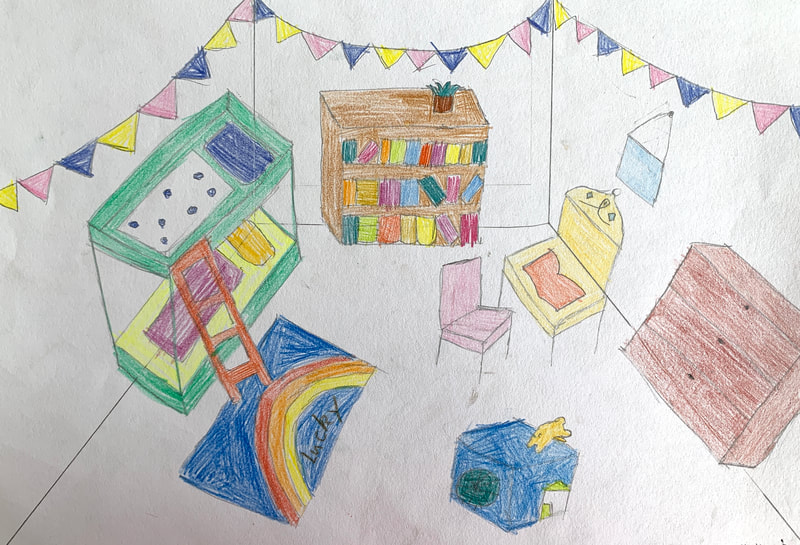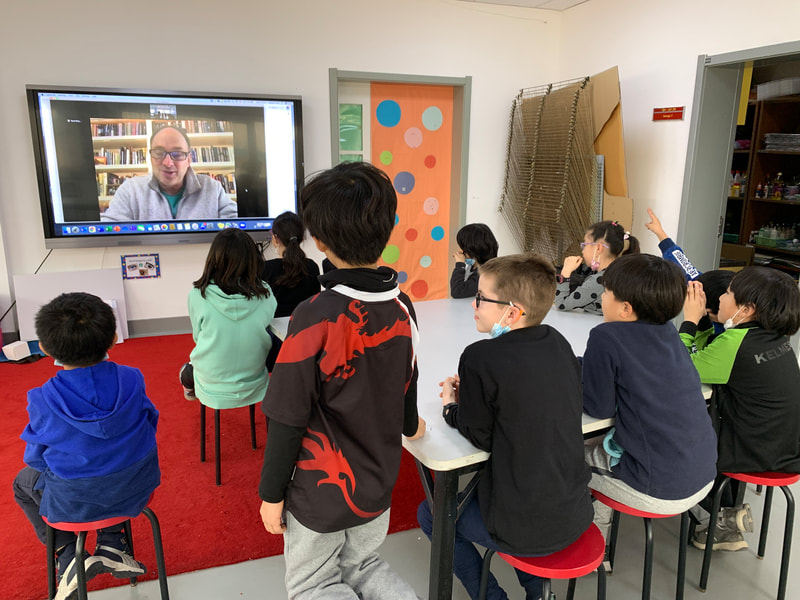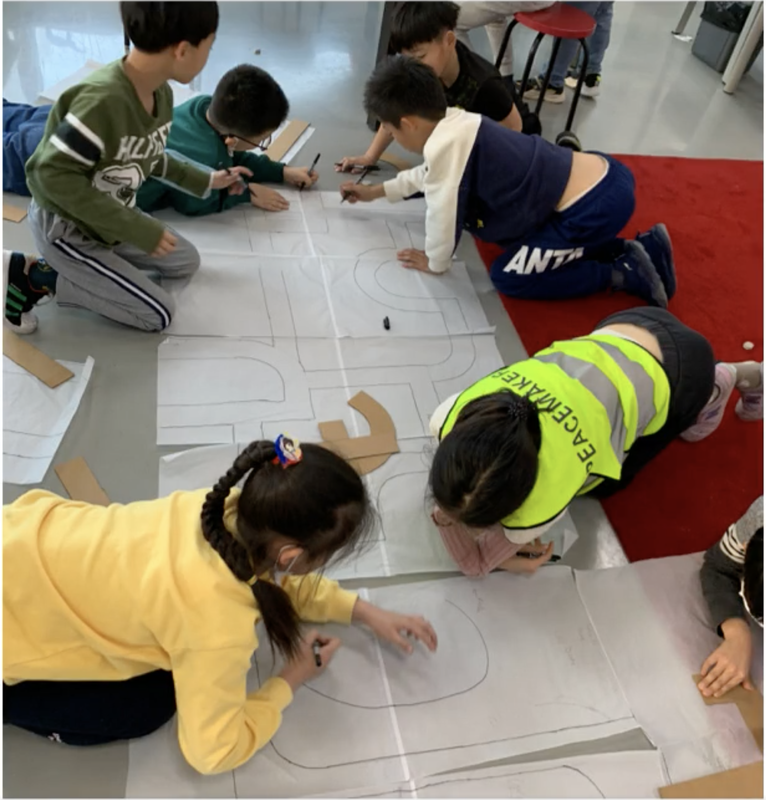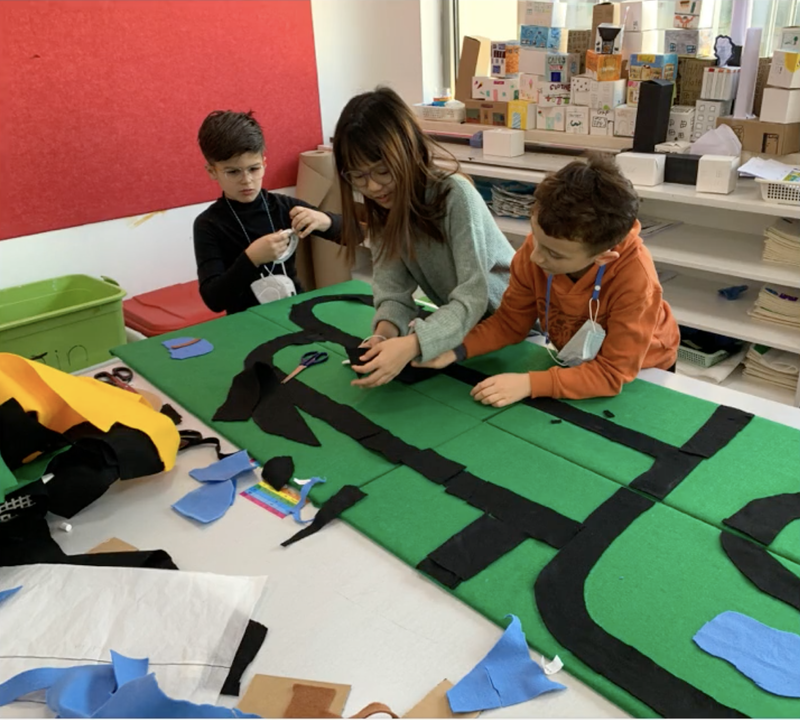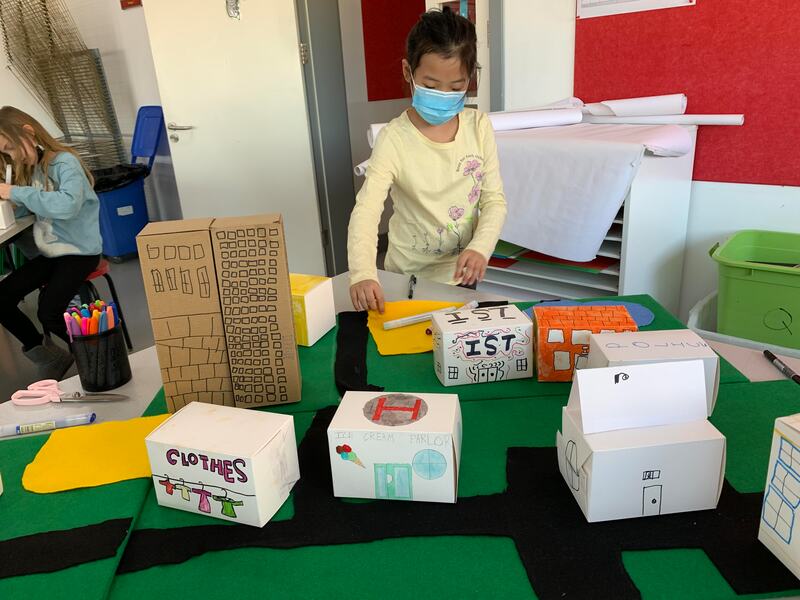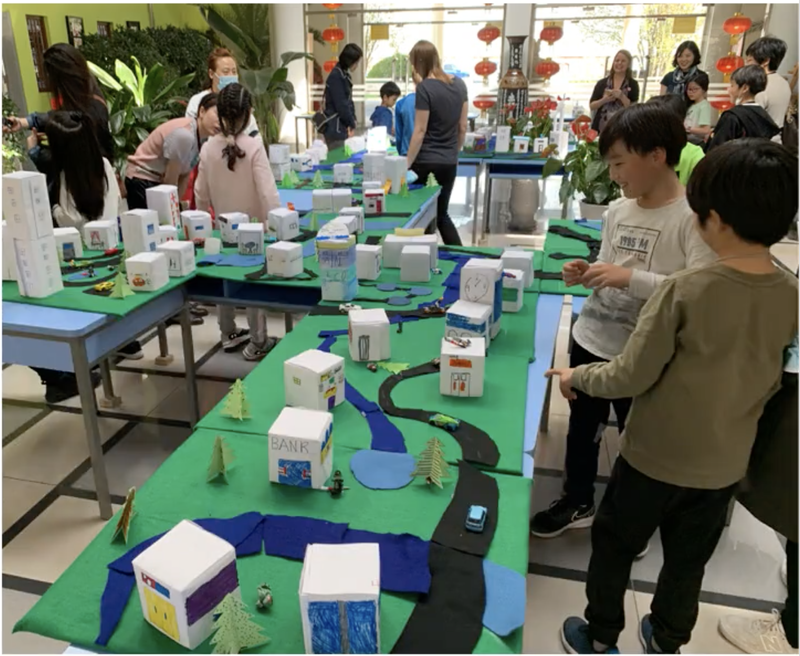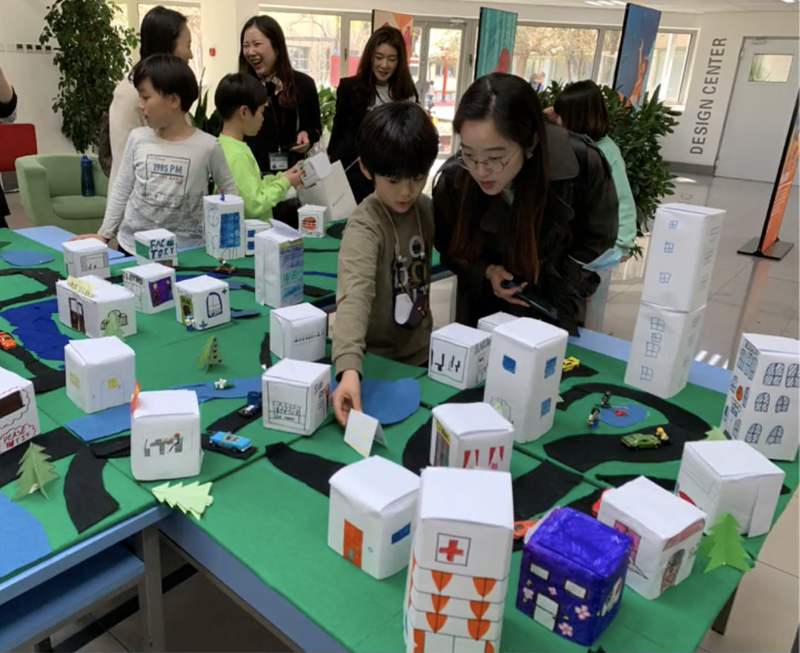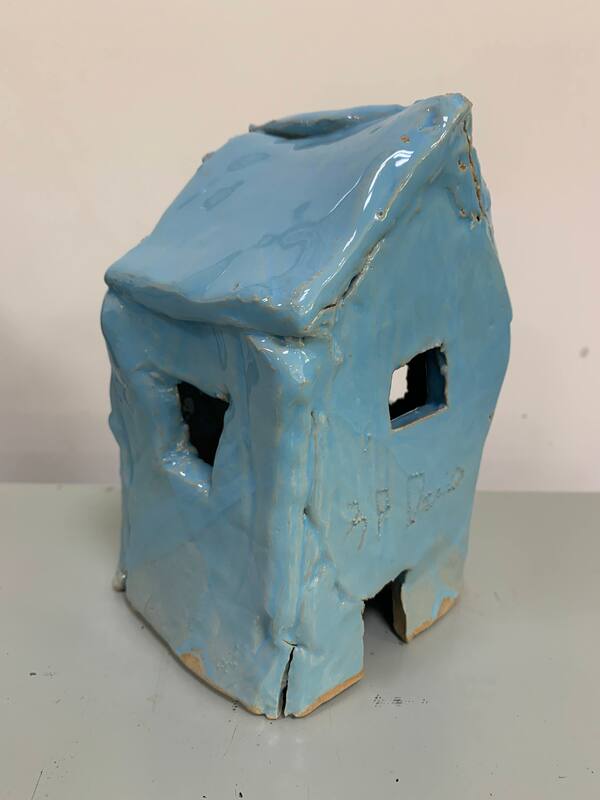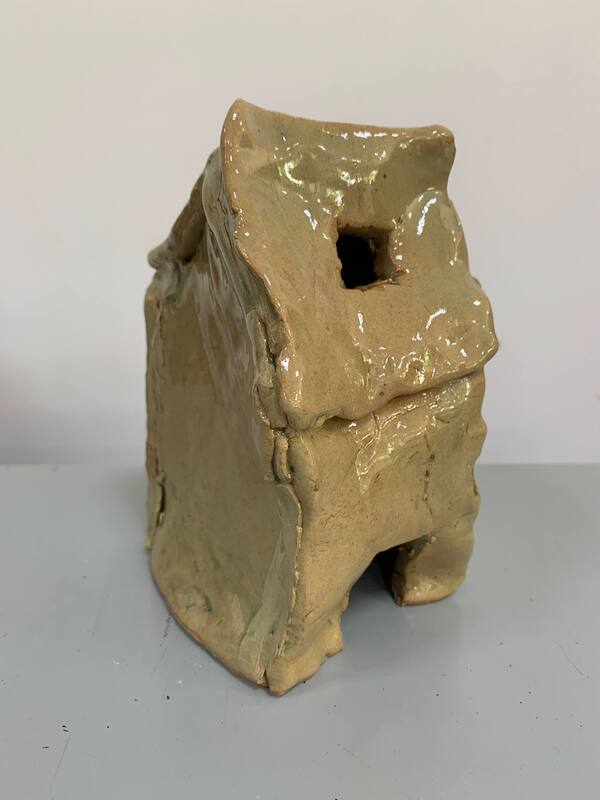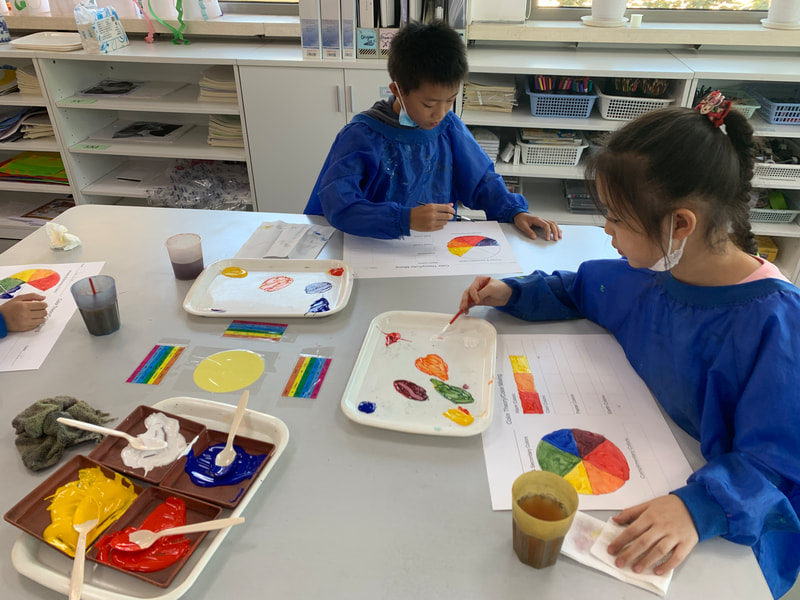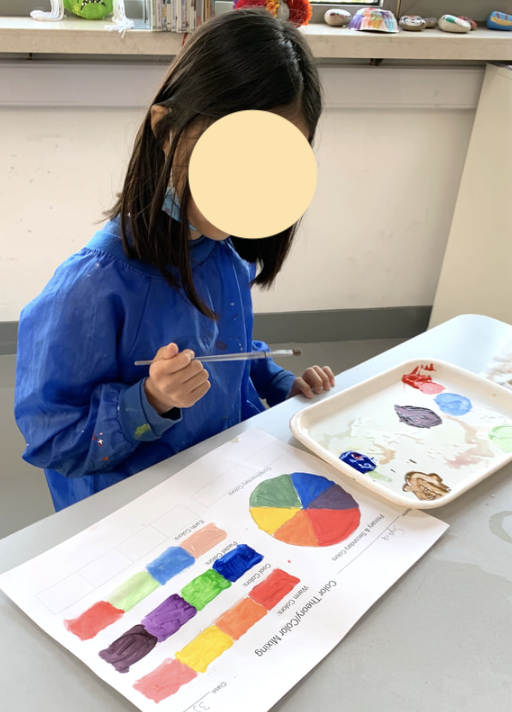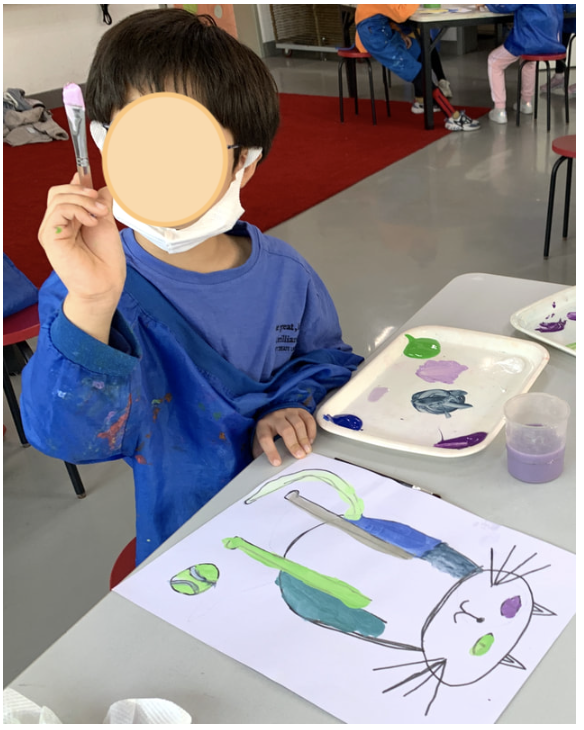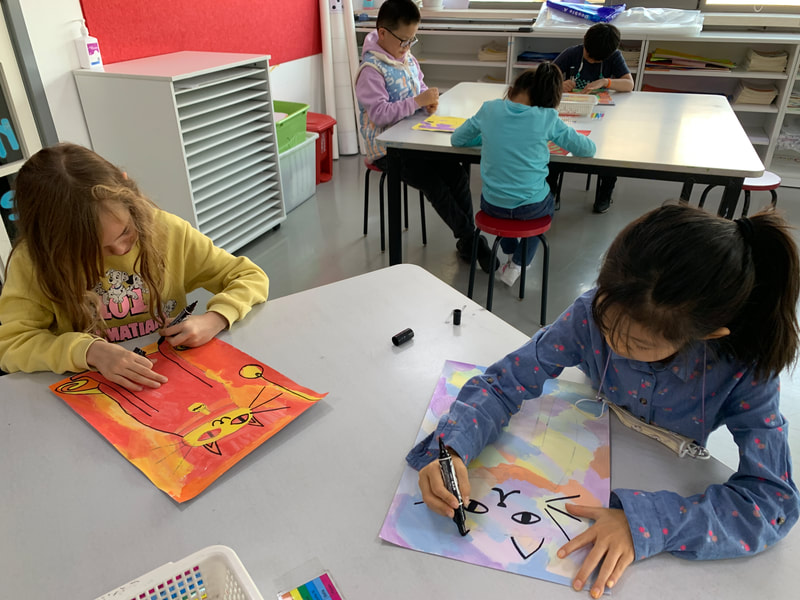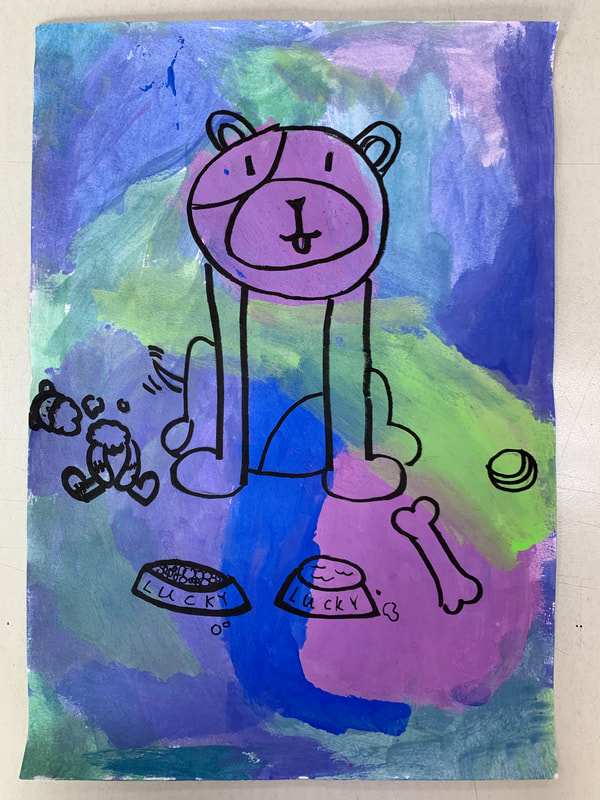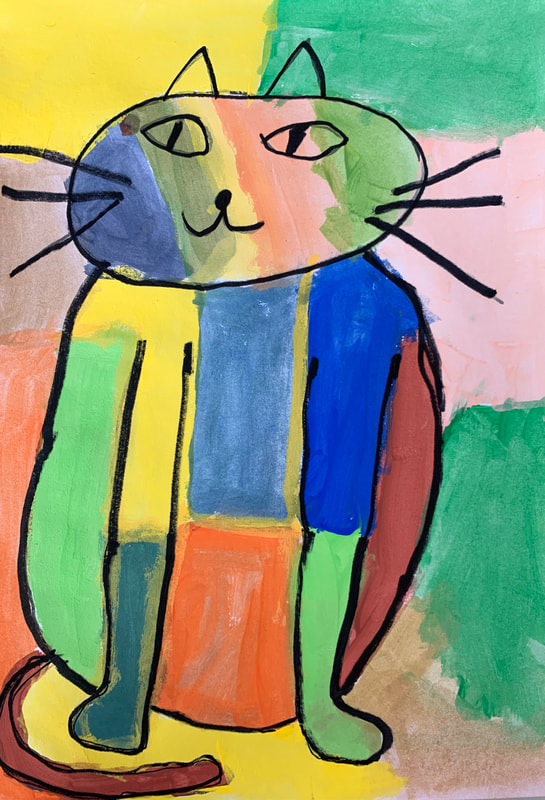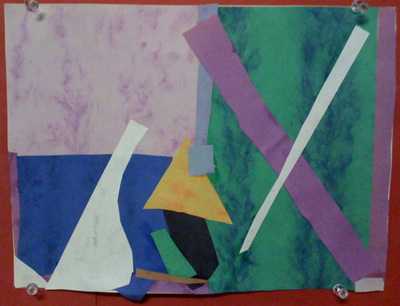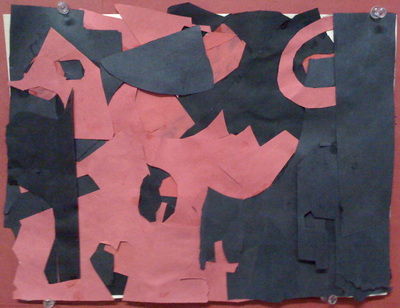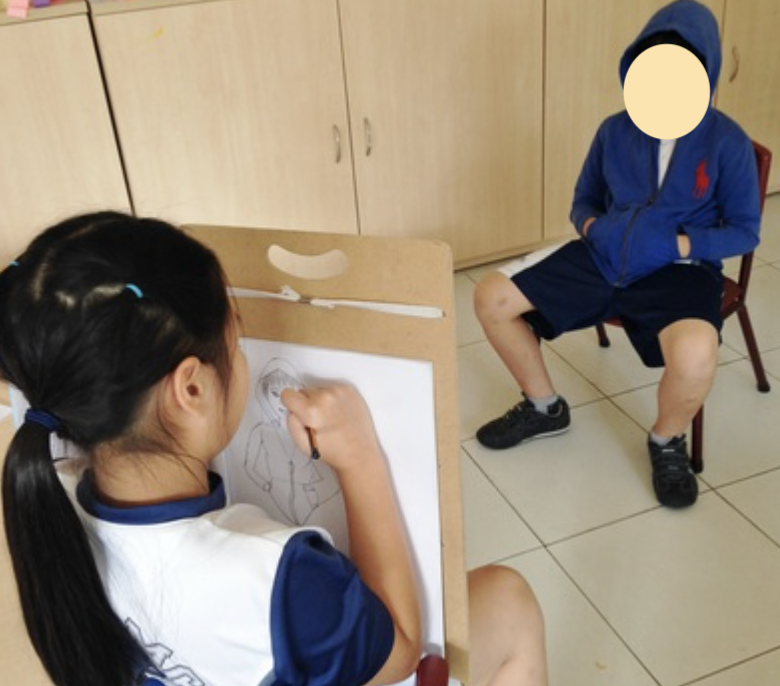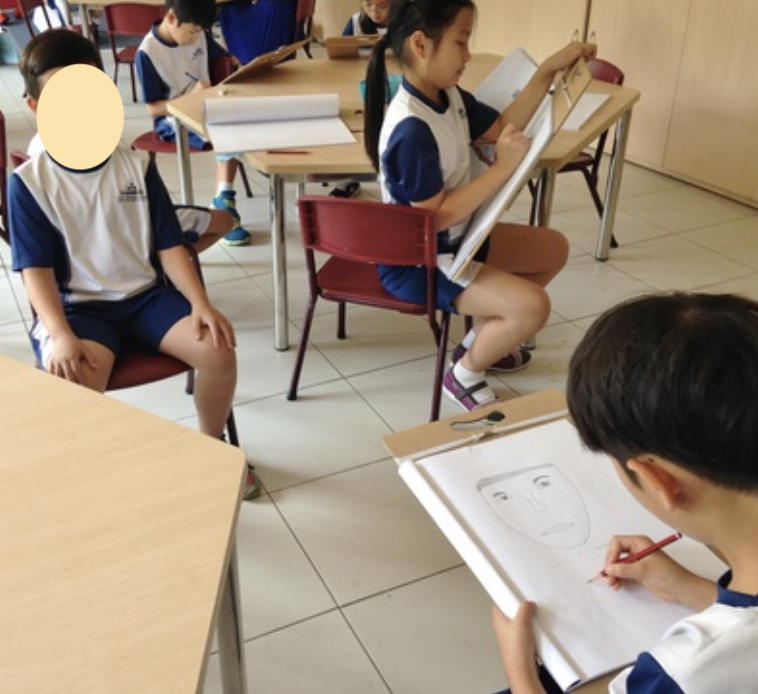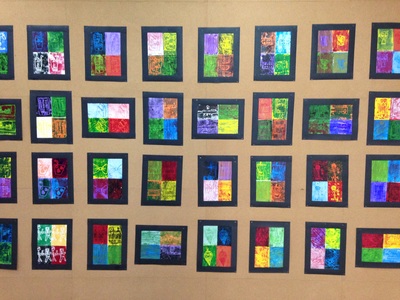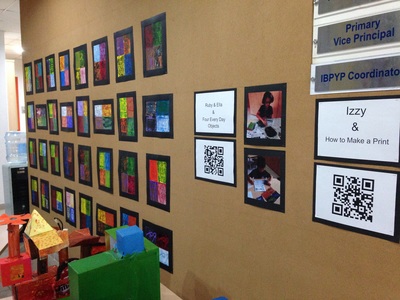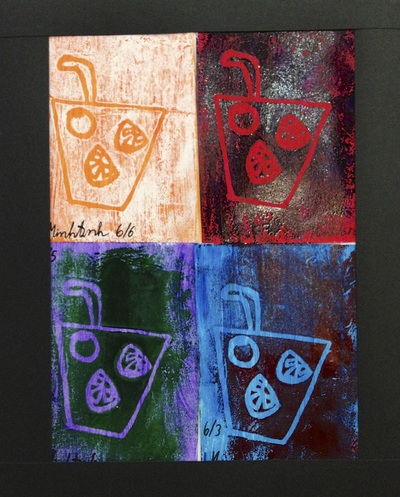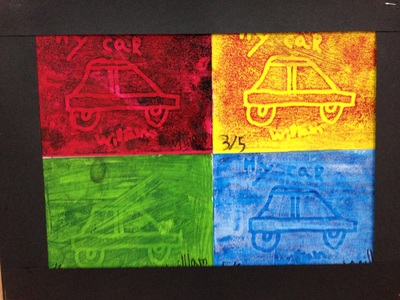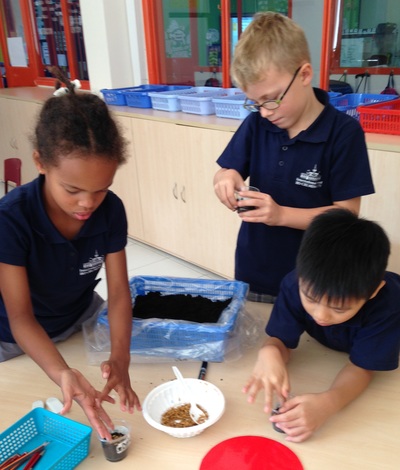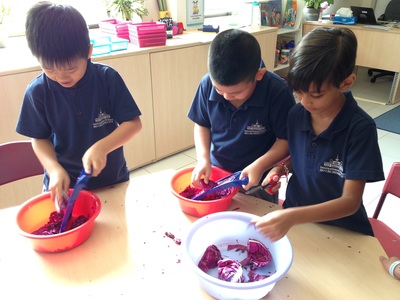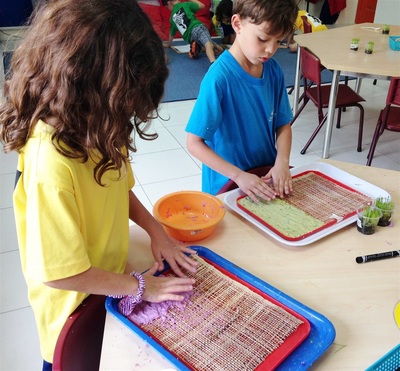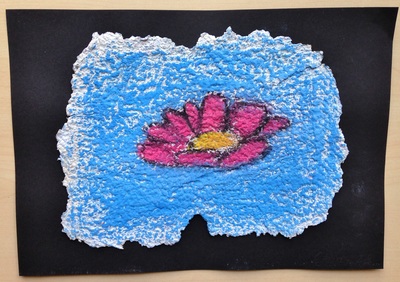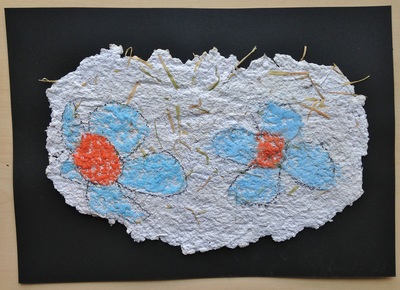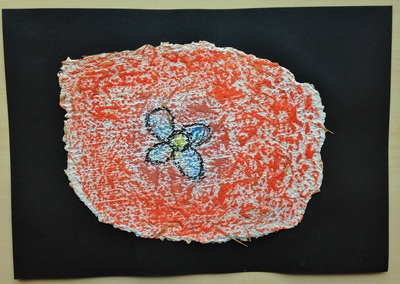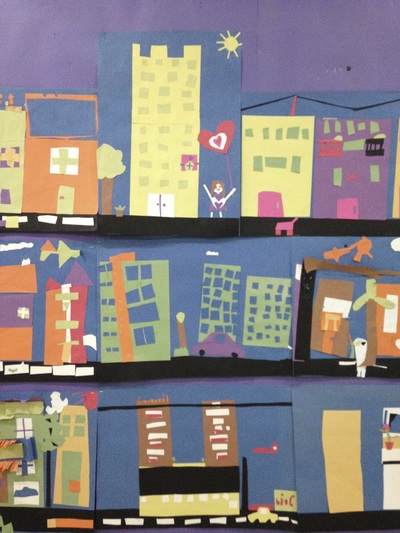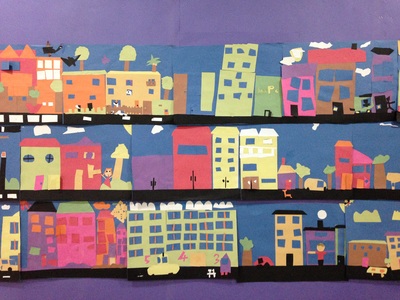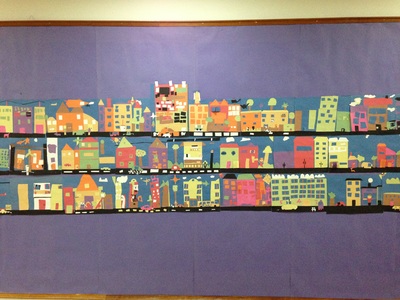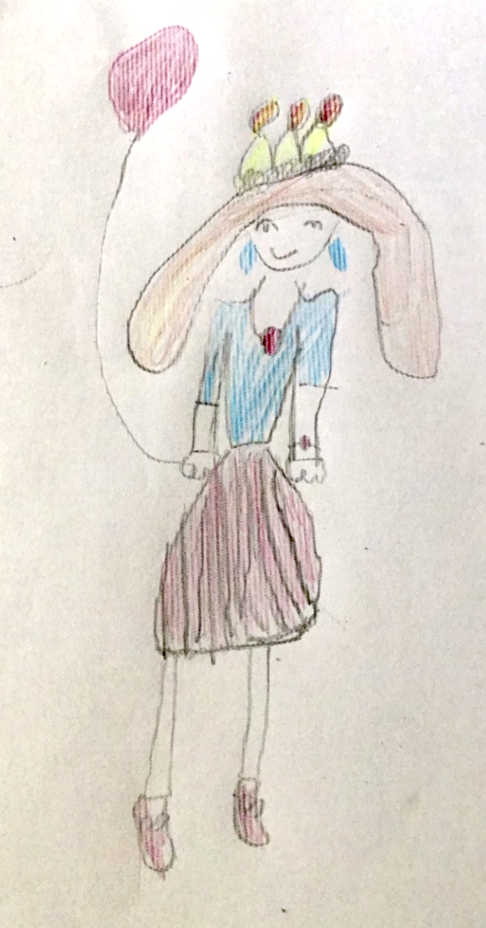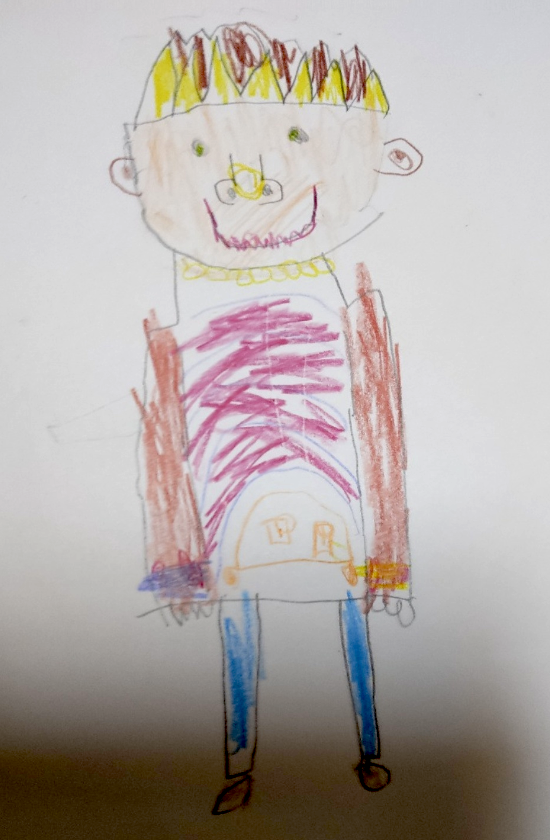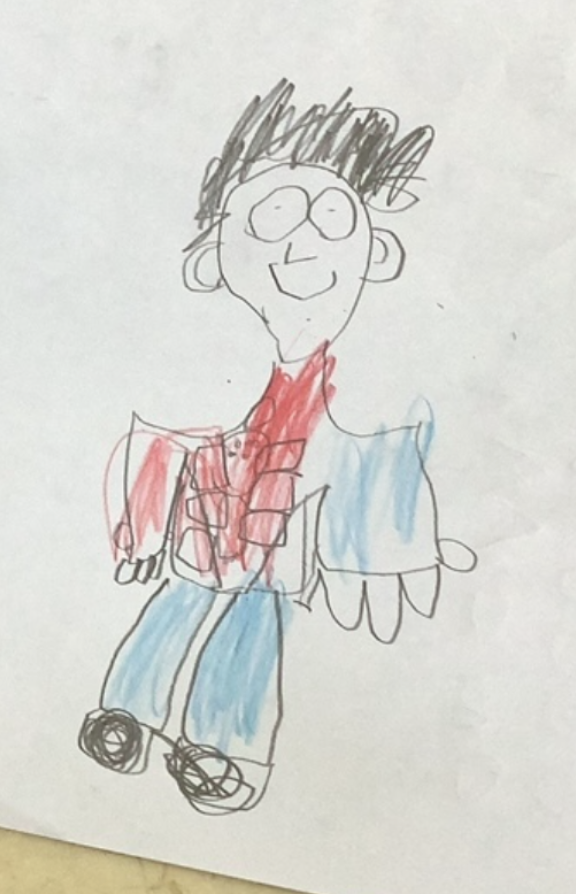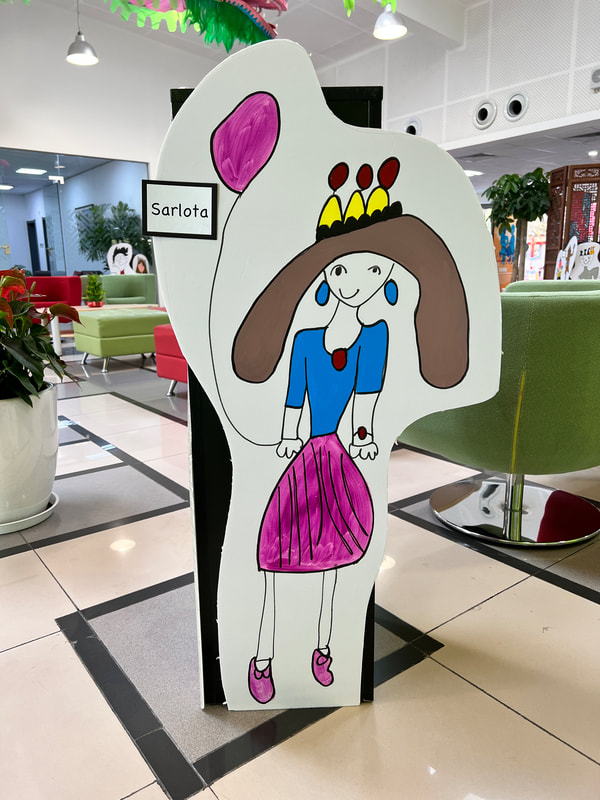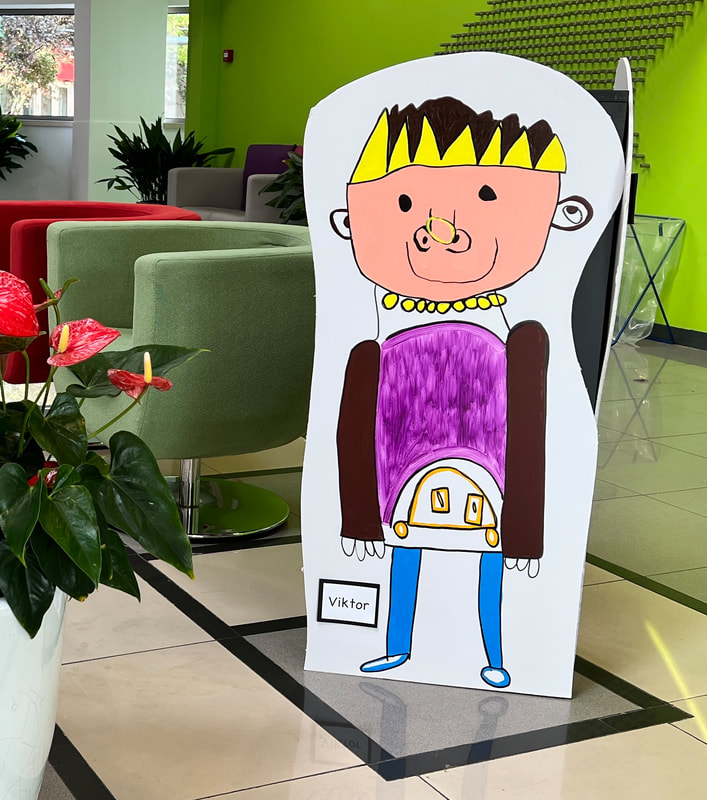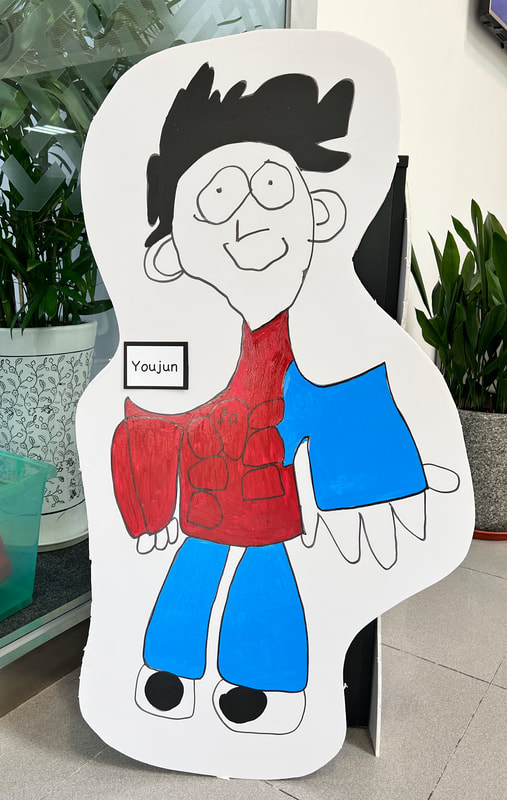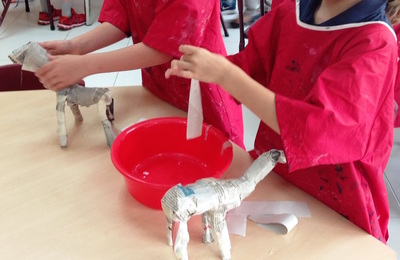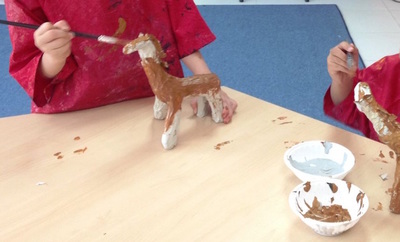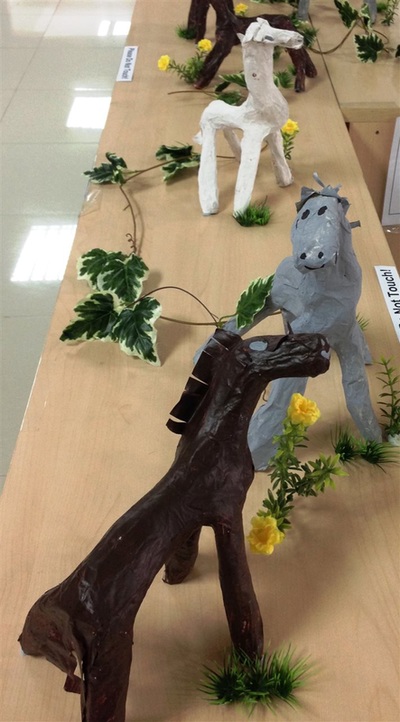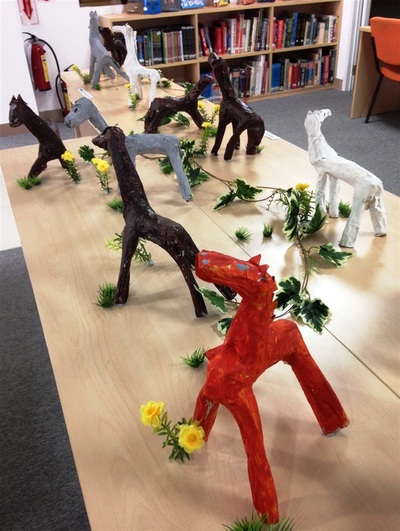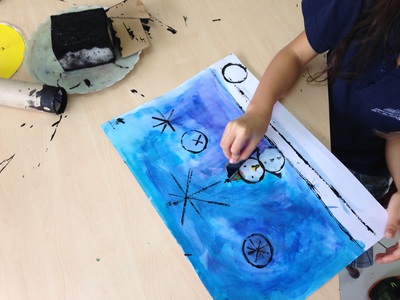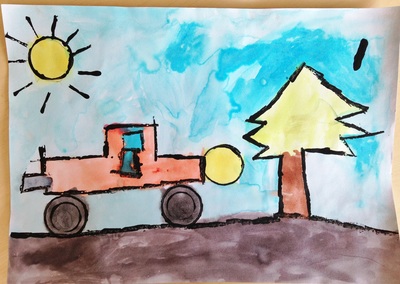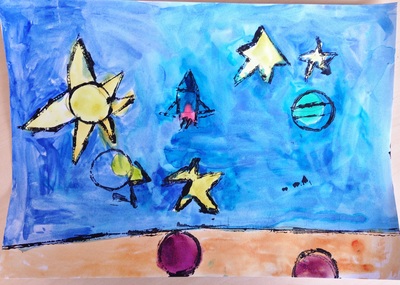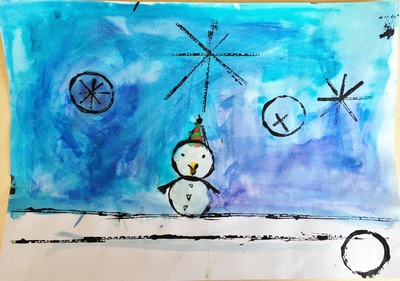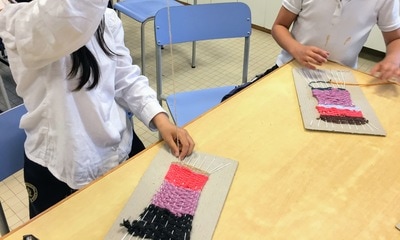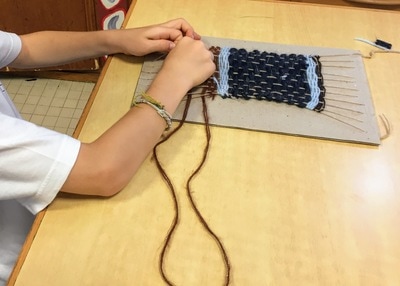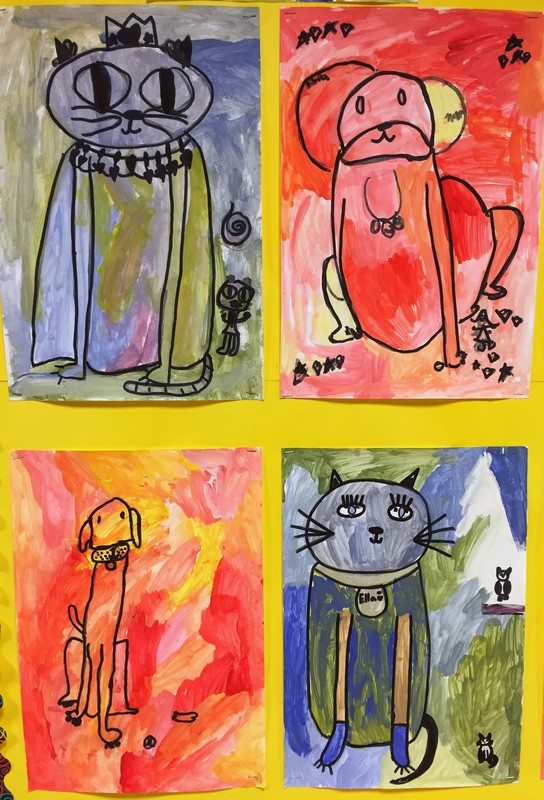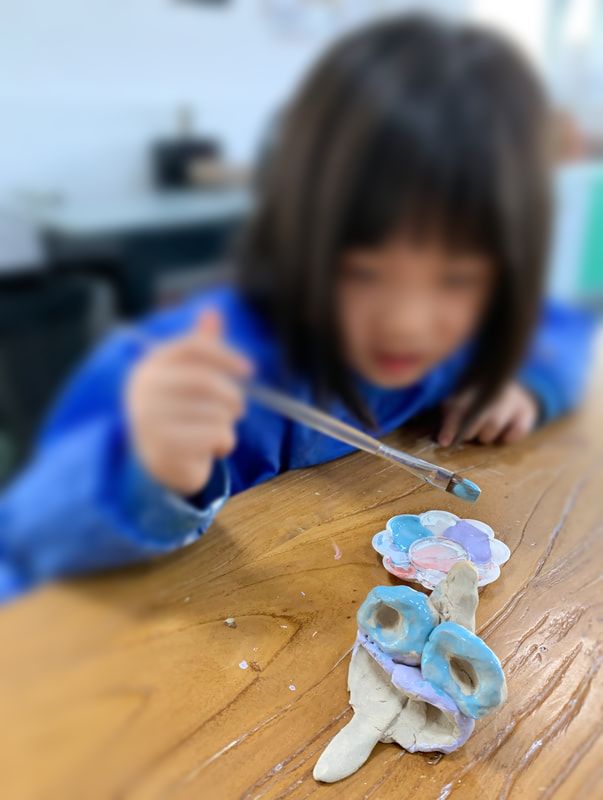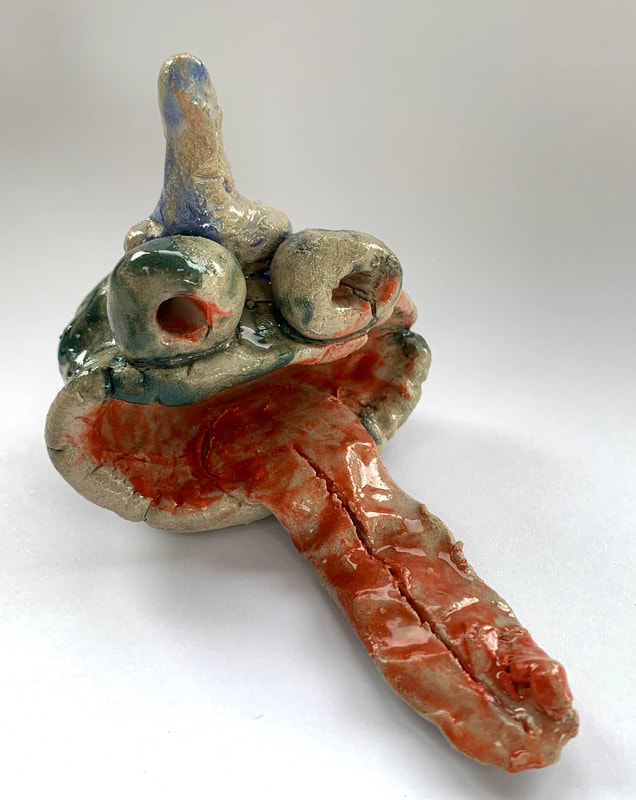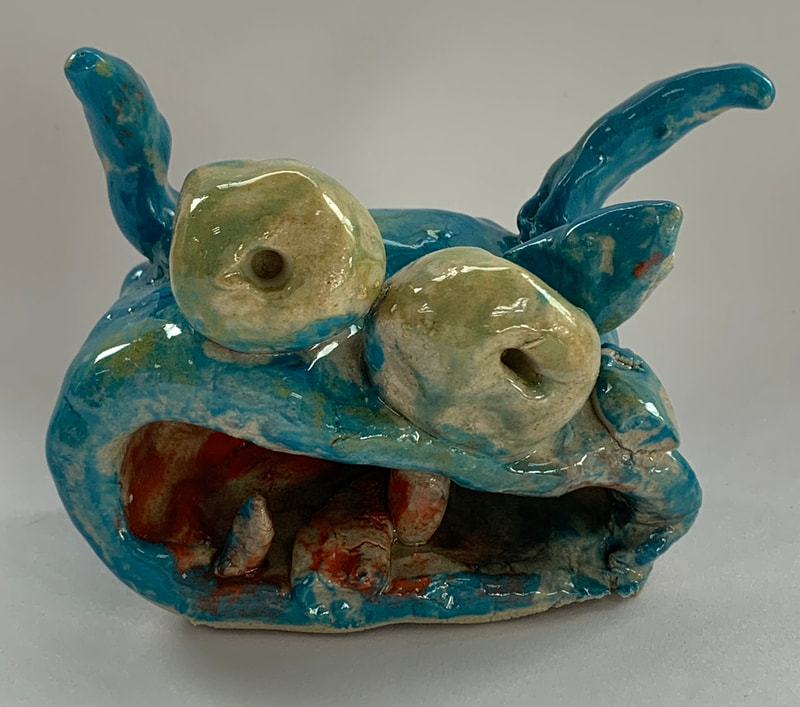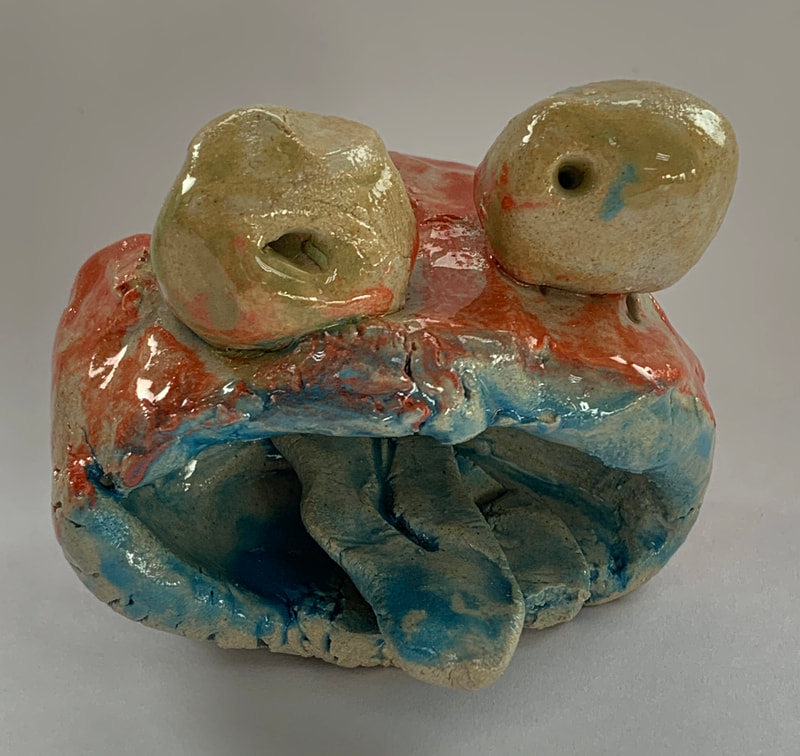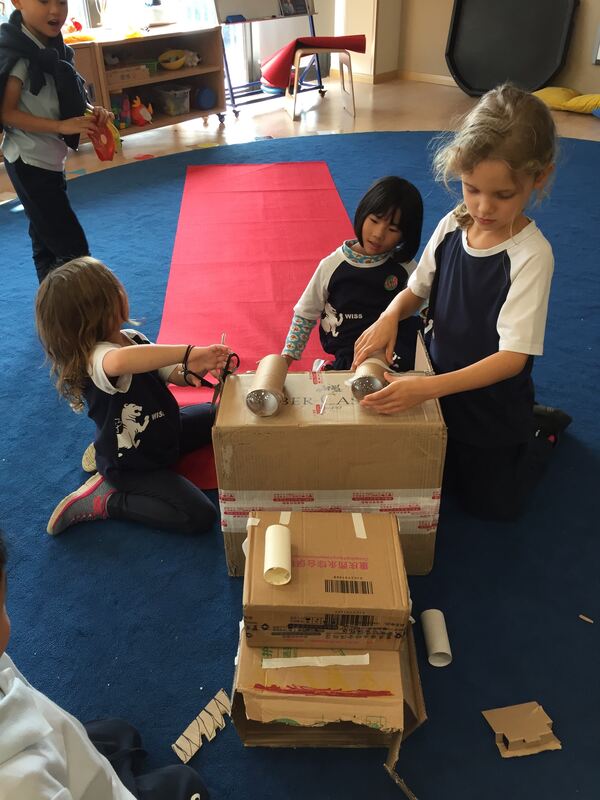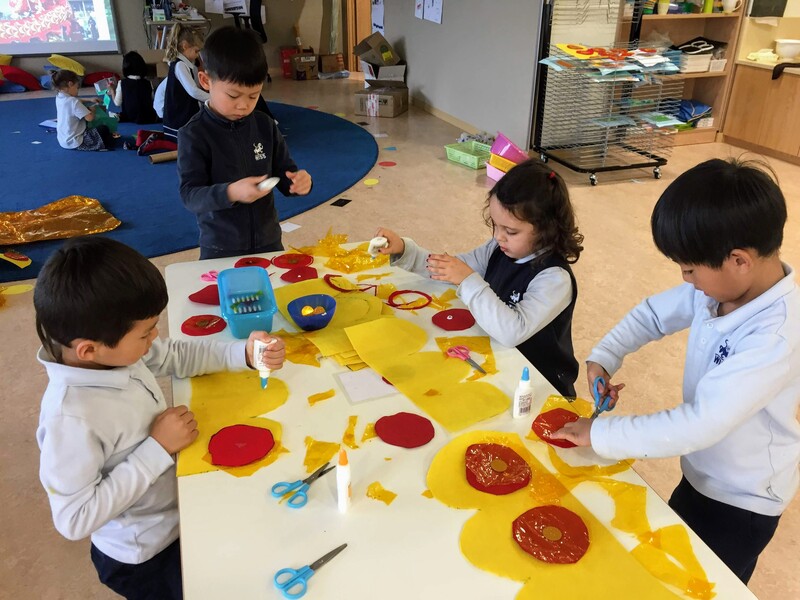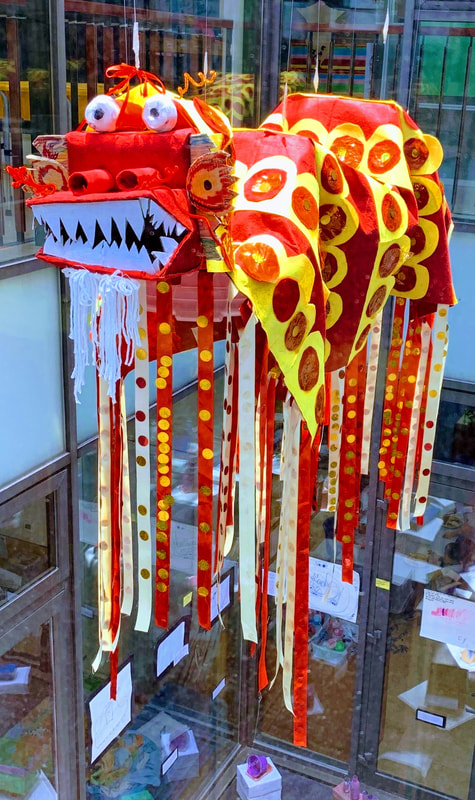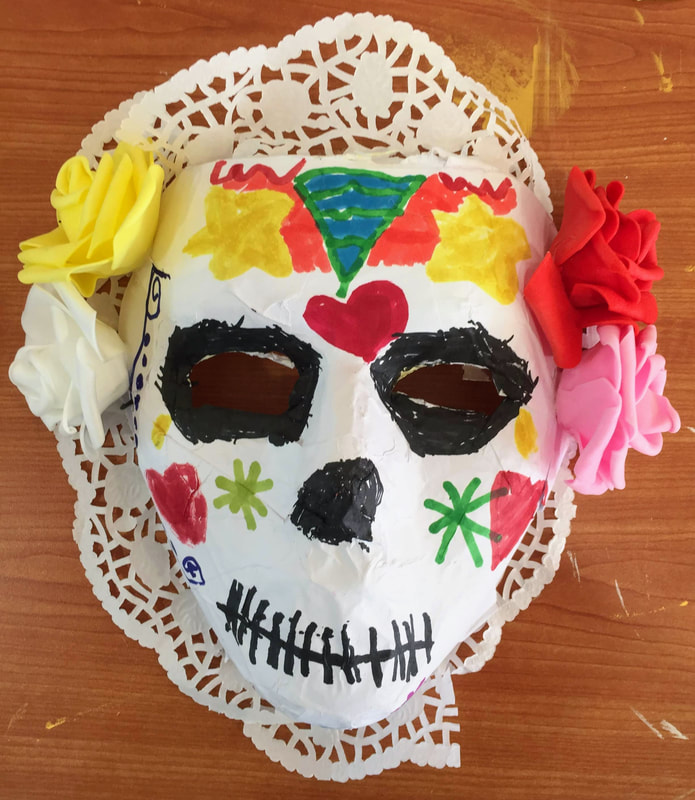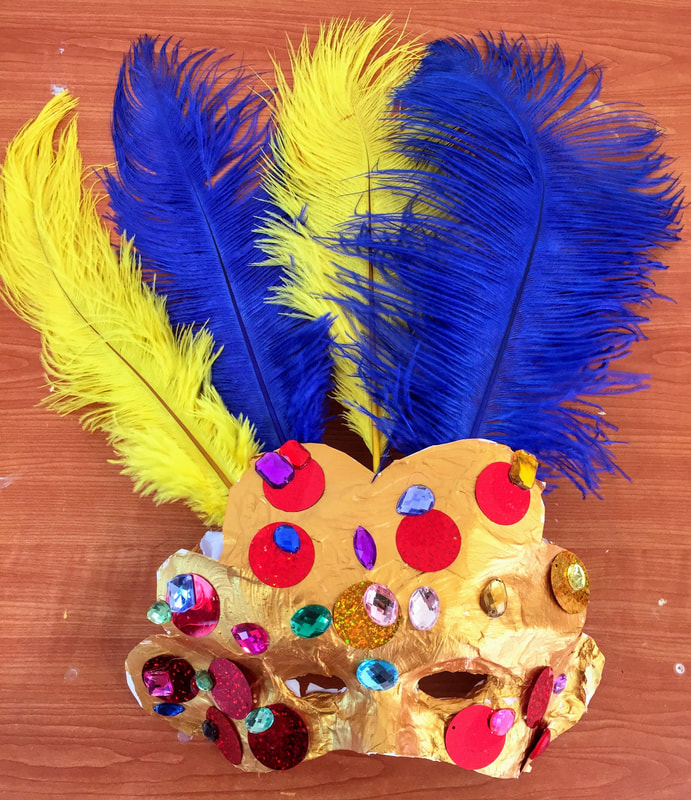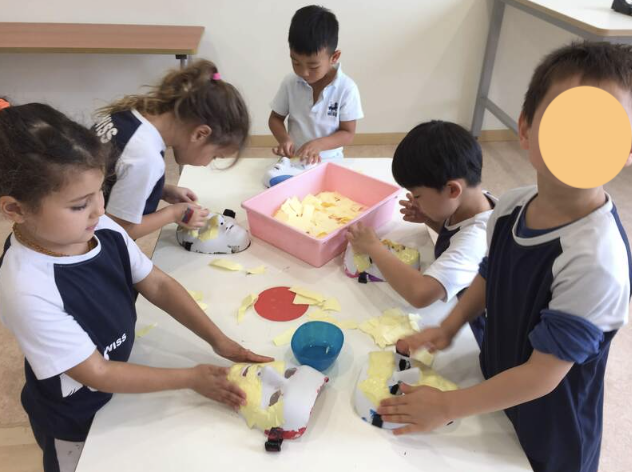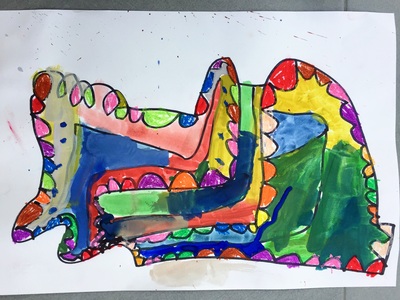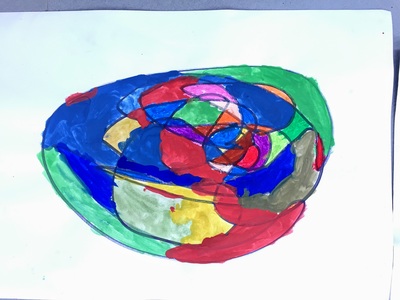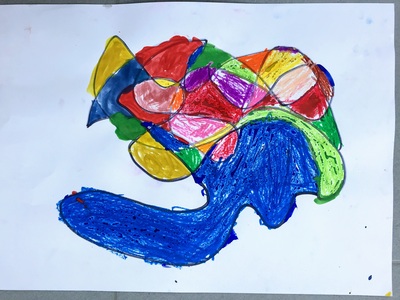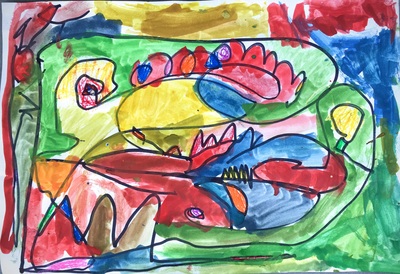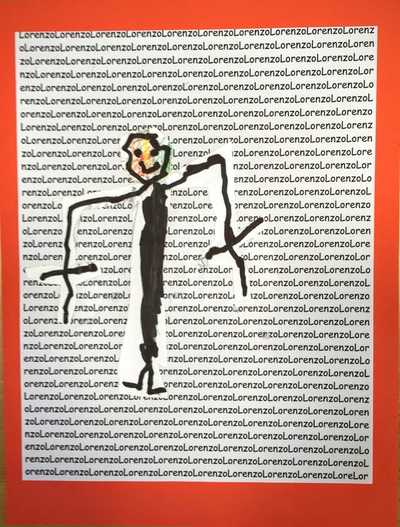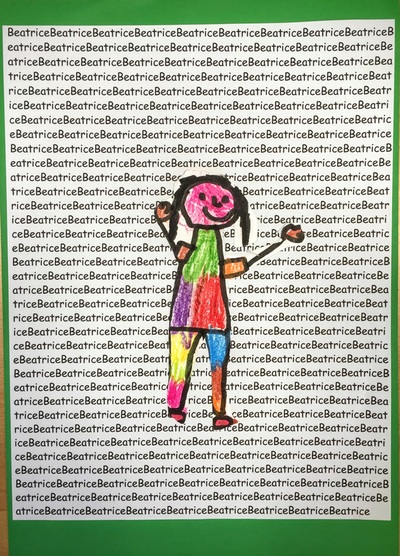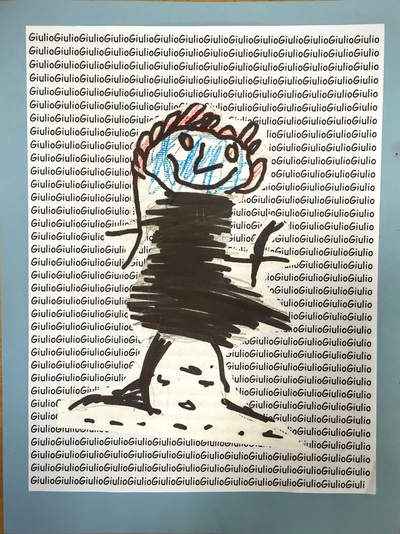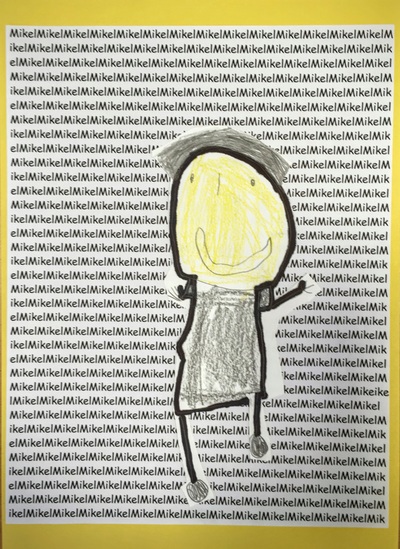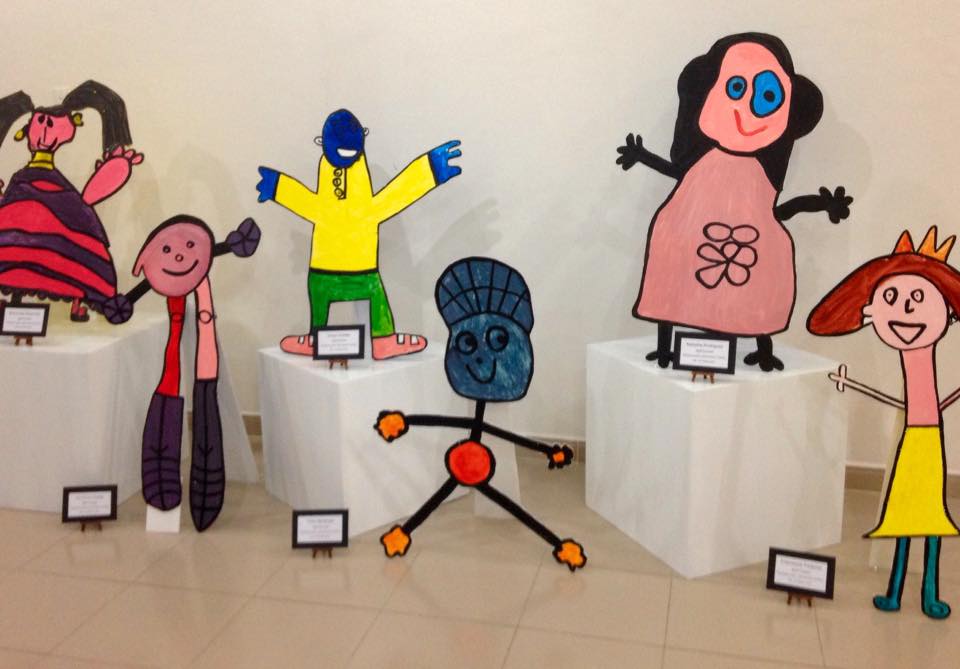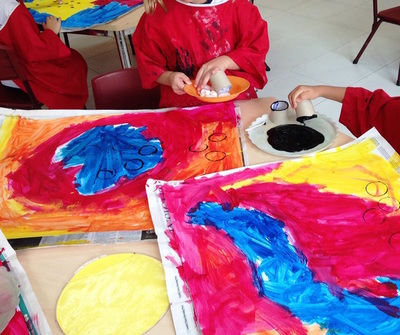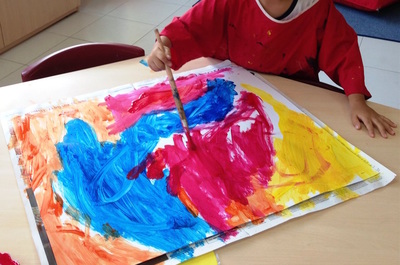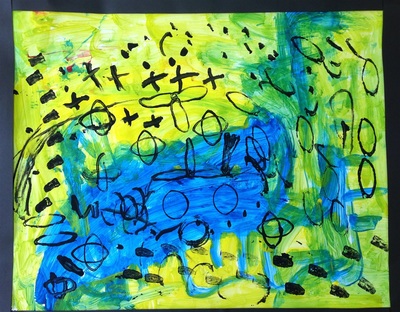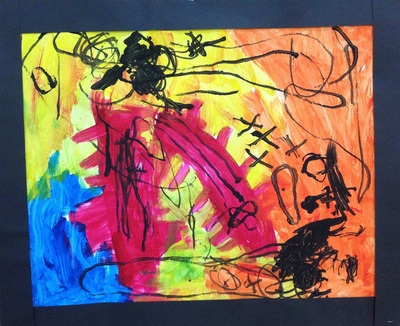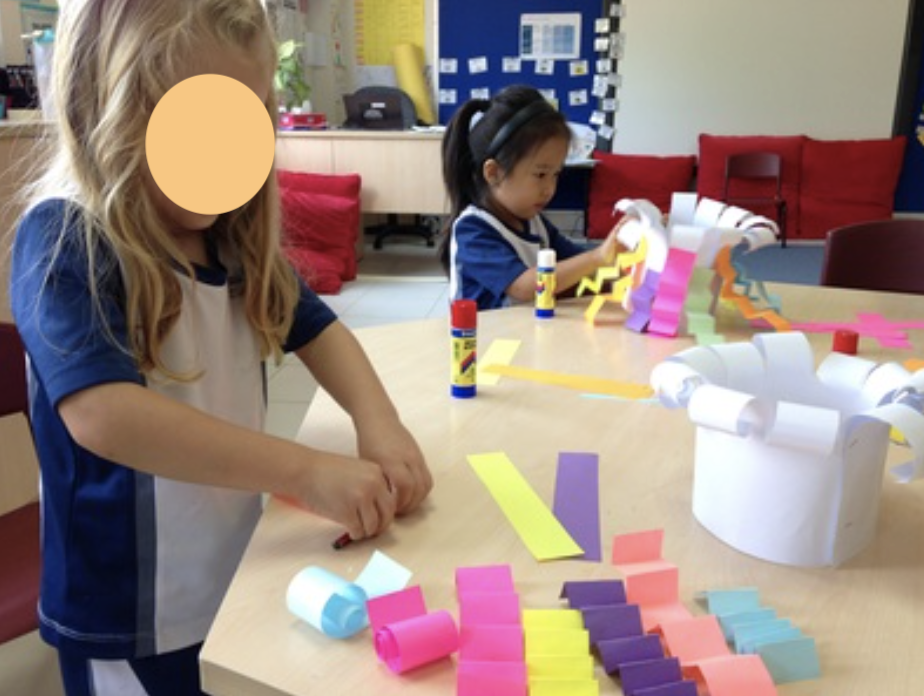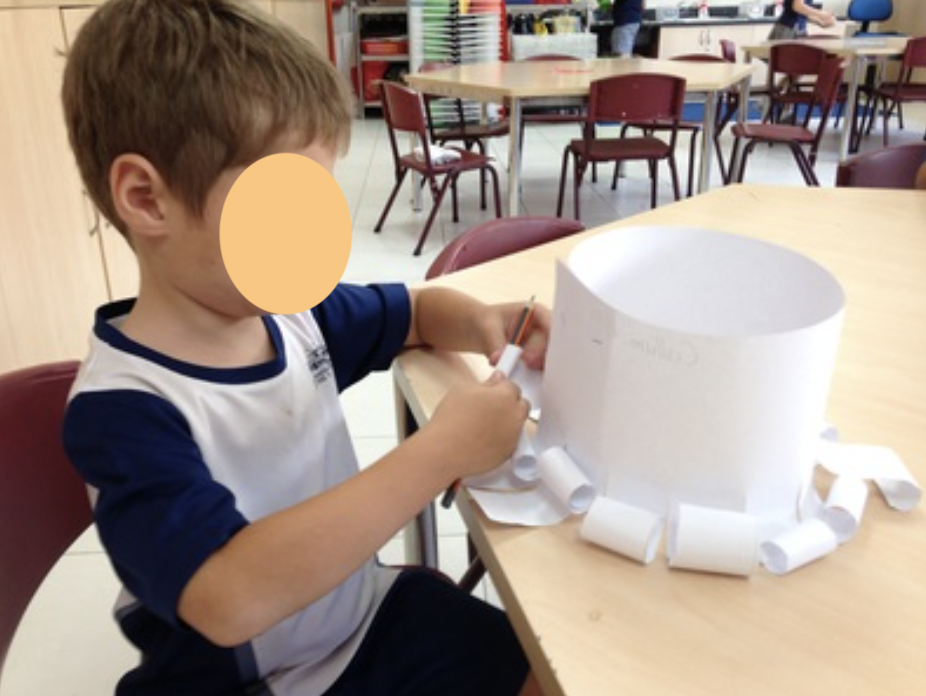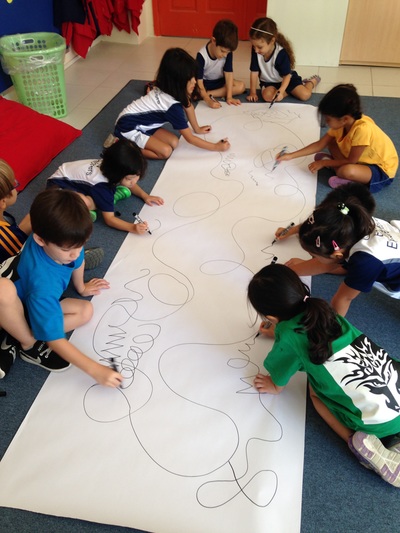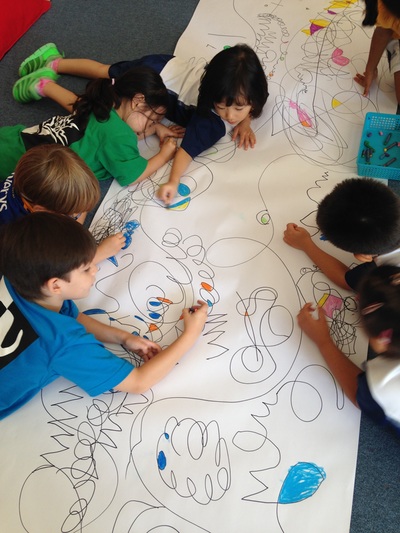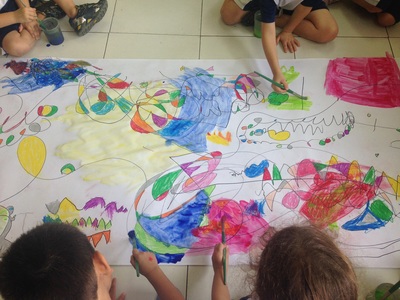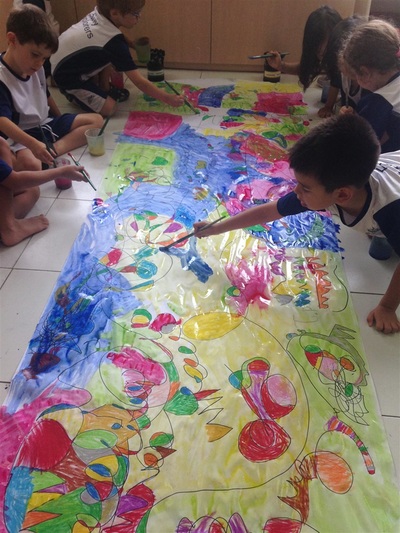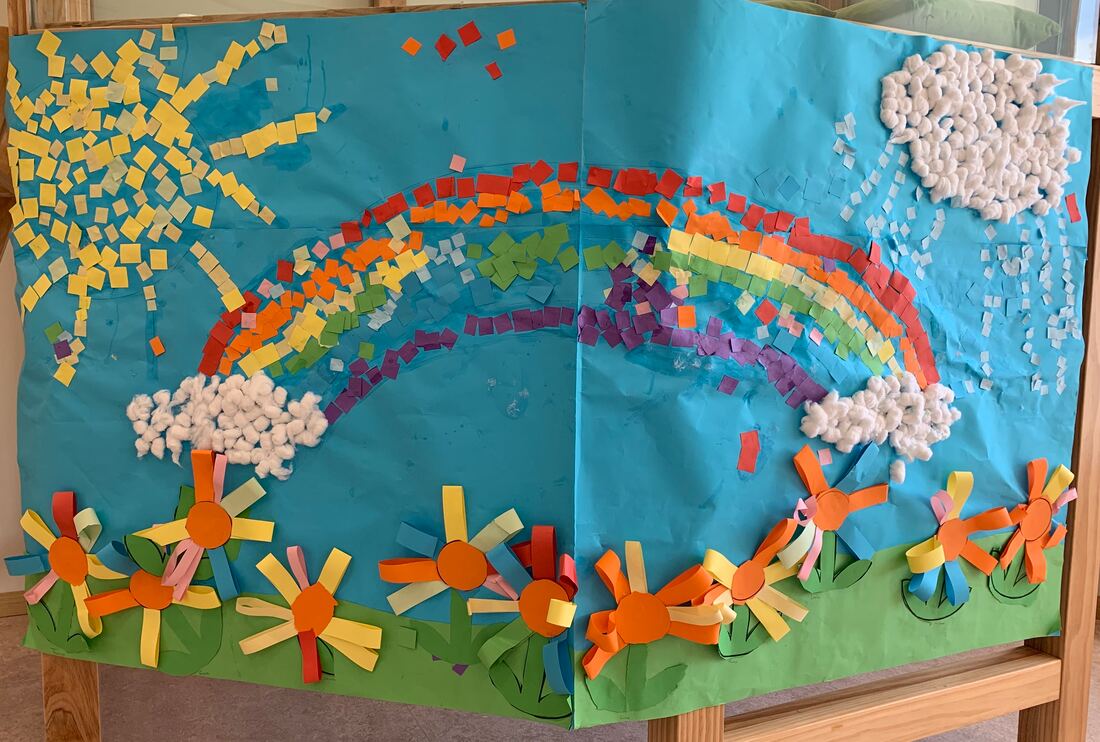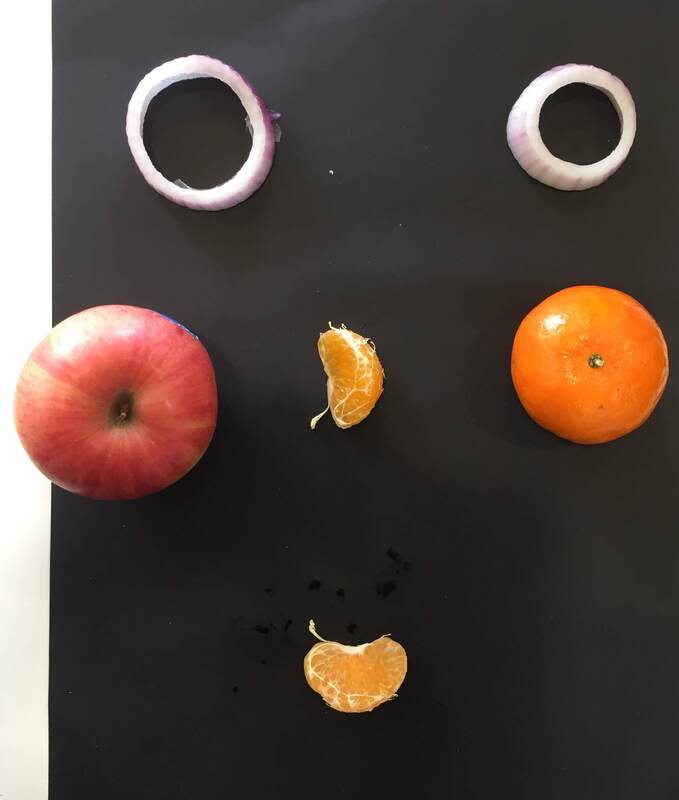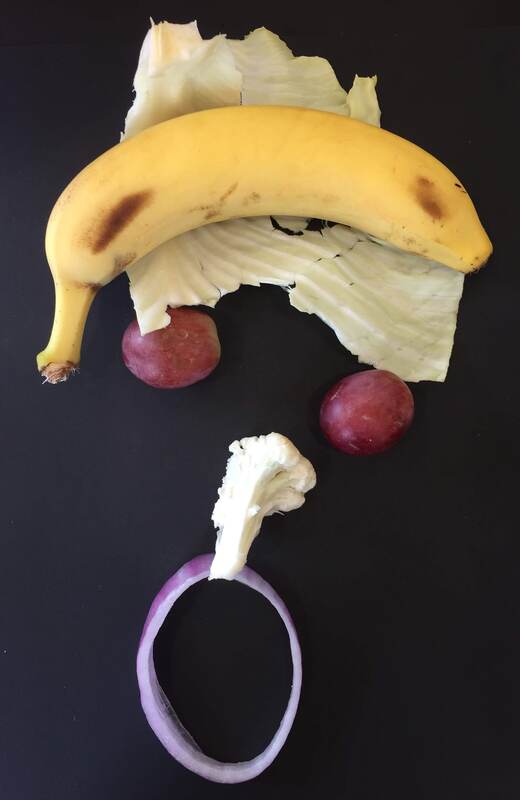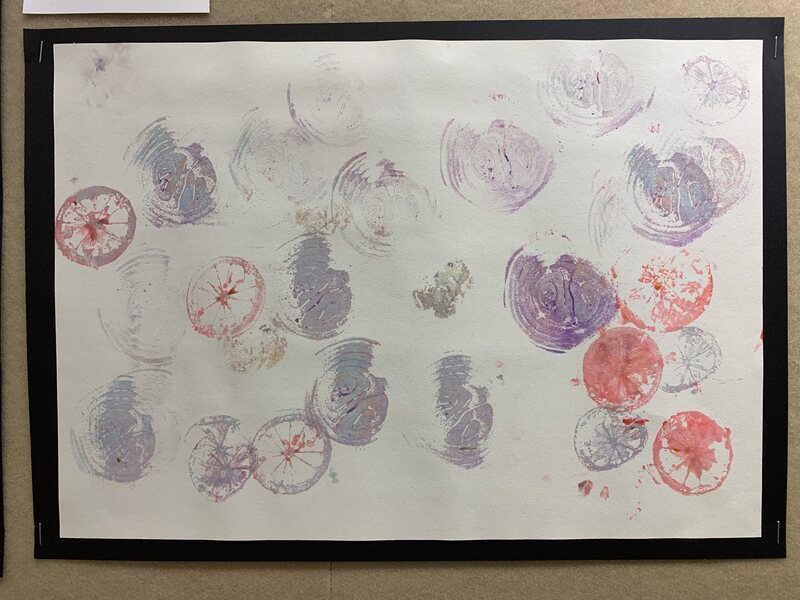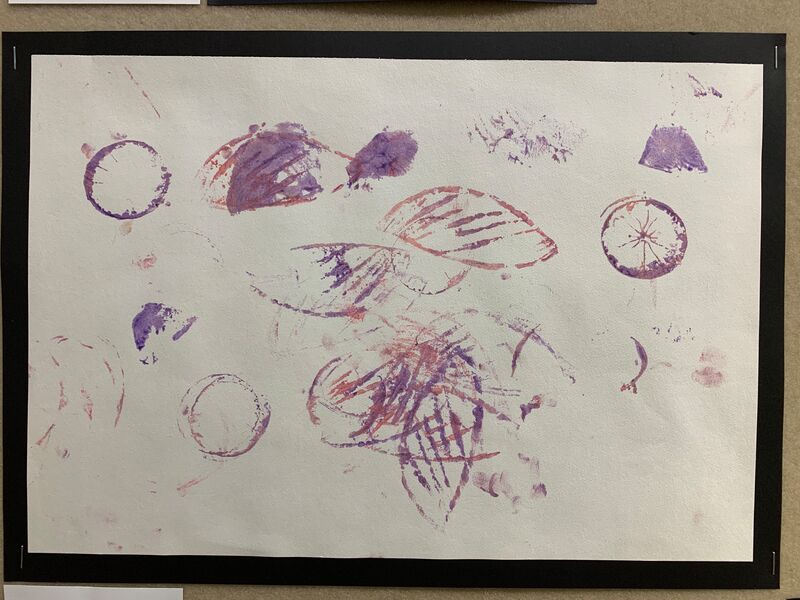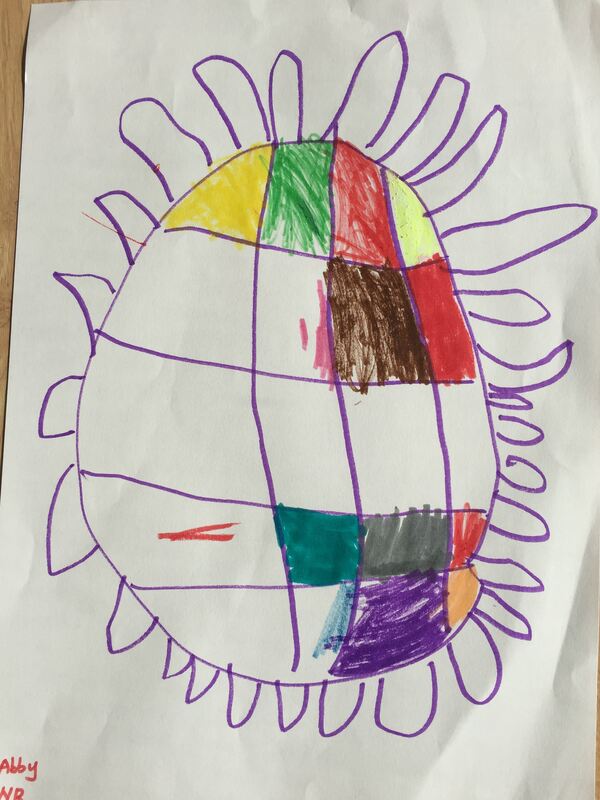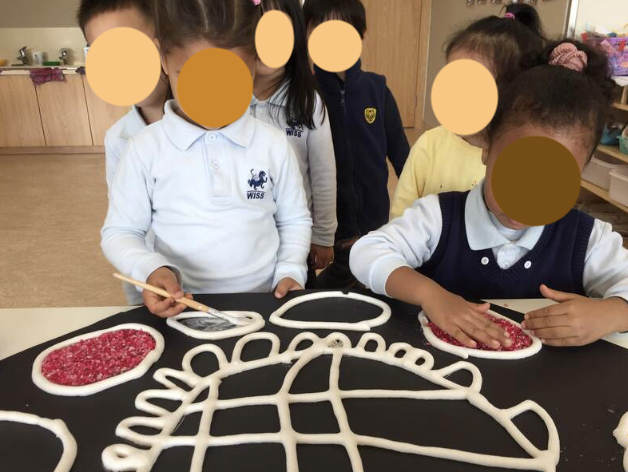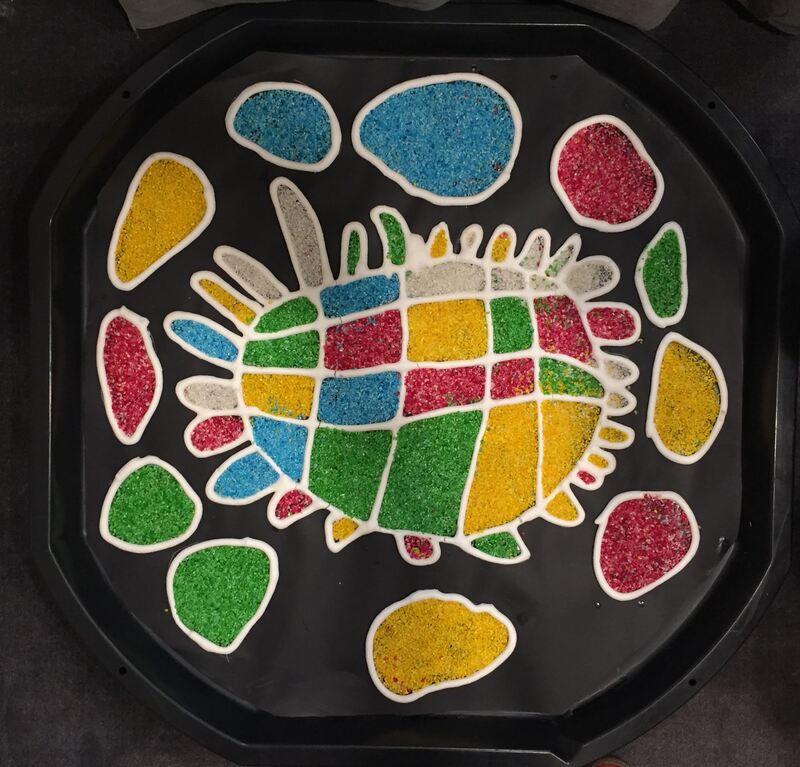Grade 5: One Point Perspective city drawing
Learning Intentions:
We are learning to... accurately represent three-dimensional space through the use of a horizon line, vanishing point, orthogonals, rulers and parallel lines in a pencil drawing.
Success Criteria:
I can... carefully observe where I place my ruler to ensure that my lines are parallel.
I can... control my ruler so that my lines are straight and begin and end at the correct points.
I can... understand and use the correct vocabulary when discussing my artwork.
I can...choose a final piece (8 shapes, word or city) that accurately reflects my abilities, draw it well with parallel lines, and be responsible by completing it on time.
Learning Intentions:
We are learning to... accurately represent three-dimensional space through the use of a horizon line, vanishing point, orthogonals, rulers and parallel lines in a pencil drawing.
Success Criteria:
I can... carefully observe where I place my ruler to ensure that my lines are parallel.
I can... control my ruler so that my lines are straight and begin and end at the correct points.
I can... understand and use the correct vocabulary when discussing my artwork.
I can...choose a final piece (8 shapes, word or city) that accurately reflects my abilities, draw it well with parallel lines, and be responsible by completing it on time.
Grade 5: Self-Portraits, inspired by Frida Kahlo
Learning Intentions:
We are learning to….draw a personally revealing self-portrait, using the correct proportions and placement of features, in an oil pastel project inspired by Frida Kahlo.
Success Criteria:
I can... learn and sketch the correct proportions of the human face by following a sequence of steps and measuring facial features.
I can... draw a self-portrait and control my pencil, by holding it lightly, so that the pencil is easy to erase and can be covered with oil pastels.
I can... create a self-portrait that includes personal or revealing elements about myself.
I can... control my oil pastels, so that the color is thick but not smudged or messy.
Learning Intentions:
We are learning to….draw a personally revealing self-portrait, using the correct proportions and placement of features, in an oil pastel project inspired by Frida Kahlo.
Success Criteria:
I can... learn and sketch the correct proportions of the human face by following a sequence of steps and measuring facial features.
I can... draw a self-portrait and control my pencil, by holding it lightly, so that the pencil is easy to erase and can be covered with oil pastels.
I can... create a self-portrait that includes personal or revealing elements about myself.
I can... control my oil pastels, so that the color is thick but not smudged or messy.
Grade 5: Mural collaboration with Grade 8 students, on the theme of Unity and Diversity.
Learning Intentions:
We are learning to….collaborate effectively with older students to create a painted mural on the theme of “Unity & Diversity.”
Success Criteria:
I can...brainstorm appropriate ideas about what Unity & Diversity mean to IST students and share them with my classmates.
I can...contribute ideas on how to create a powerful composition.
I can...paint neatly and carefully, thinking about color choice and how the color ‘works’ with the entire mural.
Learning Intentions:
We are learning to….collaborate effectively with older students to create a painted mural on the theme of “Unity & Diversity.”
Success Criteria:
I can...brainstorm appropriate ideas about what Unity & Diversity mean to IST students and share them with my classmates.
I can...contribute ideas on how to create a powerful composition.
I can...paint neatly and carefully, thinking about color choice and how the color ‘works’ with the entire mural.
Grade 5: In an interdisciplinary project with their Social Studies teacher, students created black and white figure terracotta plaques after learning about the decorative vases of the Ancient Greeks. Students were inspired by learning about the Ancient Greek vase production, as well as the general difference between Greek and Roman artwork.
Grade 4: How We Express Ourselves, PE Music and Art collaboration.
Students created a musical piece and a dance to accompany it, and then created an abstract artwork during a whole school assembly. By stepping barefoot into trays of acrylic paint, students performed their dance whilst their movements were imprinted on a large canvas. The performance was live-streamed from a birds-eye camera for the benefit of the assembly audience.
Students created a musical piece and a dance to accompany it, and then created an abstract artwork during a whole school assembly. By stepping barefoot into trays of acrylic paint, students performed their dance whilst their movements were imprinted on a large canvas. The performance was live-streamed from a birds-eye camera for the benefit of the assembly audience.
Students began by exploring how artists have depicted various emotions through their use of color, line, shape and composition.
Examples of Grade 4 student artwork, in which they were tasked with visually describing an event in their life in which they felt a strong emotion but were not able to depict the event that caused the emotion.
The Unit culminated with a performance art piece involving Art, Music and PE and performed for the entire Elementary school during the weekly Assembly.
Grade 4: Roll-A-Picasso Painting.
Learning Intentions:
We are learning... to design a game and create a visually interesting painting, based on Cubist portraiture.
Success Criteria:
IST High Quality Learning:
7. Builds on prior experiences and is guided by a clear purpose
12 Inspires innovative ideas and solutions utilising relevant technologies and media
15 Ensures students have choice, voice, and ownership and opportunities for action
Learning Intentions:
We are learning... to design a game and create a visually interesting painting, based on Cubist portraiture.
Success Criteria:
- I can describe the major events in artist Pablo Picasso’s life.
- I can create many interesting and varied face shapes.
- I can create an interesting composition by combining the face shapes in an unusual, but recognizable, manner.
- I can choose colors that enhance my Cubist-inspired composition and control the paint to create the effect that I want.
IST High Quality Learning:
7. Builds on prior experiences and is guided by a clear purpose
12 Inspires innovative ideas and solutions utilising relevant technologies and media
15 Ensures students have choice, voice, and ownership and opportunities for action
Grade 3/4: After reading the book Getting to Know the World's Greatest Artists: Henri Rousseau by Mike Venezia, as well as reading excerpts from Kipling's The Jungle Book, students created a habitat drawing using pencil and oil pastels.
Grade 3: Van Gogh Bedroom
Learning Intentions:
We are learning to... create an accurate, 3-D drawing of our bedroom using pencils and colored pencils, inspired by the Van Gogh painting Bedroom at Arles.
Success Criteria:
4. Cultivates and deepens knowledge, skills, understanding and dispositions
7. Builds on prior experiences and is guided by a clear purpose
10. Uses diverse literacy skills for effective communication
Learning Intentions:
We are learning to... create an accurate, 3-D drawing of our bedroom using pencils and colored pencils, inspired by the Van Gogh painting Bedroom at Arles.
Success Criteria:
- I can learn about the artist Vincent Gogh and describe major events in his life.
- I can draw a 3-D room, including the floor and three walls.
- I can draw objects and furniture with a basic 3-D quality.
- I can control the pressure and stroke quality whilst using colored pencils.
4. Cultivates and deepens knowledge, skills, understanding and dispositions
7. Builds on prior experiences and is guided by a clear purpose
10. Uses diverse literacy skills for effective communication
Grade 3: collaboration with How We Organize Ourselves. Students learned about human habitations, specifically cities, and designed an interconnected, grade level city. They began the project with a Zoom presentation and interview with San Francisco-based Google Civil Engineer, Colin Paul.
Grade 3: How We Organize Ourselves-Cities
Learning Intentions:
We are learning to...plan, design, and build different city zones in a 3-D model.
Success Criteria:
I can... learn about different city zones, what they look like, and why people build them.
I can... design a city zone, working together with my peers, so that my piece of city lines up with theirs (like a puzzle)
I can... design and build the necessary features for my city zone.
I can... carefully and neatly draw different designs on my buildings, so that they are full of interesting details.
Grade 3: How We Organize Ourselves-Cities
Learning Intentions:
We are learning to...plan, design, and build different city zones in a 3-D model.
Success Criteria:
I can... learn about different city zones, what they look like, and why people build them.
I can... design a city zone, working together with my peers, so that my piece of city lines up with theirs (like a puzzle)
I can... design and build the necessary features for my city zone.
I can... carefully and neatly draw different designs on my buildings, so that they are full of interesting details.
Grade 3: Slab-Built Clay House
Learning Intentions:
We are learning to…build a house using clay slabs and attaching them using the scoring & slipping technique.
Success Criteria:
I can…learn new vocabulary words: slab, kiln, fire, hand-building, scoring & slipping, and incise.
I can…design an interesting house, including cutting out doors and windows and incising the clay with additional decorations.
I can…roll clay to a desired thickness and cut out my house pieces.
I can… score & slip to attach the clay pieces.
I can… thoughtfully add glaze to enhance my house.
Learning Intentions:
We are learning to…build a house using clay slabs and attaching them using the scoring & slipping technique.
Success Criteria:
I can…learn new vocabulary words: slab, kiln, fire, hand-building, scoring & slipping, and incise.
I can…design an interesting house, including cutting out doors and windows and incising the clay with additional decorations.
I can…roll clay to a desired thickness and cut out my house pieces.
I can… score & slip to attach the clay pieces.
I can… thoughtfully add glaze to enhance my house.
Grade 3: Color Theory/Color Mixing.
Learning Intentions:
We are learning .... that colors can be created, grouped and named and that colors can communicate a feeling or mood.
Success Criteria:
2. Conceptually driven process
7. Builds on prior experiences and is guide by a clear purpose
14. Relies on frequent and diverse forms of feedback, assessment and reflection
Learning Intentions:
We are learning .... that colors can be created, grouped and named and that colors can communicate a feeling or mood.
Success Criteria:
- I can … learn and name many different color groupings, including primary, secondary, complimentary, warm and cool colors, and earth, jewel, and pastel tones.
- I can … learn and understand that colors express moods or feelings.
- I can … draw, trace, erase a large cat or dog that expresses the same feeling as my color choice.
- I can … control the paint on my palette, by mixing primary colors and black and white to create the desired color.
2. Conceptually driven process
7. Builds on prior experiences and is guide by a clear purpose
14. Relies on frequent and diverse forms of feedback, assessment and reflection
Grade 3: While working in collaboration with the Music teacher, students created abstract paper collages conveying the mood and feeling to two very different pieces of music, Mozart's Ave Verum Corpus and Orff's O Fortuna, from his cantata Carmina Burana.
Grade 3: Last year, the student's learned the proportions of the human face and applied that skill to a self-portrait drawing. This year, they are applying that skill by drawing a live model, one of their classmates.
Grade 2: After reading Getting to Know the World's Greatest Artists: Andy Warhol by Mike Venezia, students created their own Pop Art prints by choosing an everyday object that was important to them, creating a printing plate, and making an edition of 6 prints using a brayer and printing ink. Some students then created informative videos about the process, which was linked to a QR code and uploaded online.
Grade 2: As part of their PYP Unit How The World Works, students explored plant life cycles and uses. After I collaborated with the classroom teachers, students grew rice, made vegetable dyes, made rice paper, and drew a flower on the paper using charcoal and chalk pastels.
Grade 1: Students learned about African-American artist Romare Bearden's large scale collage The Block by visiting a Kids Zone page on The Metropolitan Museum of Art website on the class iPads. We then looked at photos and discussed our own neighborhood, creating a cut paper collage of our block; combining all the collages into one long cityscape.
Grade 1: During online learning, students learned about self-portraits and how to draw people using shapes. Adding details, including shoes, jewelry, watches, and glasses, made the drawings more interesting. My assistant and myself enlarged the drawing to life-size and painted them using the same color choices as the student.
Grade 1: Using newspaper and masking tape, students created papier mâché sculptures of horses, which they then painted.
Grade 1: Students learned a skill and then applied that skill to an artwork of their own design. After making a light pencil sketch using only long straight lines and a circle, the entire drawing was painted with watercolor paint. Then the drawing was "printed" using black paint and found objects, including pieces of cardboard, bottle tops, and the ends of paper towel rolls.
Grade 1: Students learned about the use of textiles and looms in a weaving project using colorful yarn.
Grade 1: Students learned about color mixing and warm and cool colors in a drawing and painting project titled, Hot Dogs & Cool Cats.
Kindergarten: Students used clay to create pinch pots and then turned them on their sides to create the open mouth. Eyes, tongue, teeth and other features were added to create their "pinch pot monster".
Kindergarten: Students collaborated together and with their Mandarin teachers in a class-wide project as a part of the PYP Unit of Inquiry: How We Express Ourselves to design and build a Chinese dragon to be used in the school musical.
Kindergarten: Students created masks using recycled paper and papier-mâché for the Mexican holiday Dia de Los Muertos and Brazilian Carnival.
Kindergarten: Students practiced different ways to make lines, and by combining the different line, created brand new shapes. The shapes were colored using oil pastels and watercolor paint was added to finish the piece.
Kindergarten: After observing and talking about what makes us look differently from each other, students created full body self-portraits using permanent markers, crayons, and watercolor paint, which they then cut out and mounted onto paper.
Some of the self-portraits were then blown up to life-size on foam core, which the students then painted. The large scale portraits were later used in a Collaborative project with Grade 5 students in a stop-animation film.
Early Explorers 4/Pre-Kindergarten: Students discovered many ways to make lines and shapes in a found object exploratory painting.
Early Explorers/Pre-Kindergarten: After reading The Magic Hat by Mem Fox, students learned to manipulate paper by using a pencil to make curls and folding zig-zags. They further developed their fine motor skills by making their own 'magic hat'.
Early Explorers/Pre-Kindergarten: After reading Harold and the Purple Crayon by Crocket Johnson and exploring many different ways types of lines (for example, straight, wavy, curly, zig-zag, etc), students combined the lines into a large collaborative scroll drawing. Using oil pastels, they then colored in the enclosed shapes and the negative space was painted using acrylic paint.
Nursery: Students collaborated on a large-scale collage on the theme of Spring by combining pre-cut paper, cotton balls and making paper flowers by tracing, cutting, and folding paper.
Nursery: After looking at the work of Italian artist Arcimboldo, students used pieces of cut fruit and vegetables to assemble very expressive faces. We then used the fruit and vegetables to explore printmaking.
Nursery: Students drew flowers, which were then used as inspiration for a collaborative project in which an Indian rangoli was created in celebration of Diwali using dyed rice and hardened puffy paint.
